CHAPTER 3
ARMED COMBAT
In today’s life and age, it has become a necessity for one to gather knowledge of self preservation concerning your own personal security, which could enhance the safety of yourself and your loved ones. Not alone do you need a security alarm, big flood lights shining all over your premises or setting up night-lights in your house, in order to see a possible burglar but, you also need weaponry, which could assist you in battle when surprised by an unlawful attack. Remember electricity could be cut by the assailants and you won’t have anymore lights or an alarm.
It would not be fare play when, woken up in the early hours of the morning and three men are standing at your bed, armed with knifes or guns. And you either don’t have or don’t know how to use any sort of weapon, whether it be a club; baseball bat or even a knife or firearm.
The chances are that these men are there to harm you in any event, so don’t be fooled by the usual set-up of, stay calm let them do their thing and pass on…
You probably have a beautiful wife or girl-friend and kids to think of and it is your sole duty to protect them with your life, so why not take the chance, and do something to protect yourself and your loved ones.
At least you could say, you did try to protect them…
A scenario of more than one person attacking you, no matter what the circumstances would be, if they’ve got weapons you are doomed to be seriously injured or to die.
The calling is to get information of what would be the best and versatile weapon to carry around or to have close at hand, without it being a problem for somebody else or a danger for children.
It also would be impossible to expect that everybody should be experts in the art of self-defense, not every person has the ability to being able to harm another person, no matter, what the assailant would be doing. But the calling is to wake-up and smell the coffee, the crime wave is spreading bigger and bigger by the hour, and people should start to think on how to prepare themselves for the day of, when a person is to be attacked.
At this stage we are not talking of guns, but the usage of basic implements in and around the house.
When confronted in a kitchen, you will be in a haven of weapons, which should match any assailant that does not have a firearm on him.
You would have at your disposal knives; forks; crockery (which could be smashed to have a immediate cutting or scraping edge); maybe boiling water or even your nice hot cup of tea or coffee you were busy drinking (throw it in the assailants face); mop or broom sticks make excellent weapons for jabbing and striking. Most people do have tins of insect spray in their kitchen or even oven cleaning-spray it can be used to spray in the assailants eyes.
If confronted in the bath, soap in the assailant’s eyes will irritate him and could possibly help you at least to get away. In your room, use aerosol spray to his eyes, anything basically can be applied as a self-defense implement if you put your mind to it and not to just freeze up. You as an individual should now mentally prepare yourself for that possible attack.
CHAPTER 3
ARMED COMBAT – WEAPONS
THE BELT
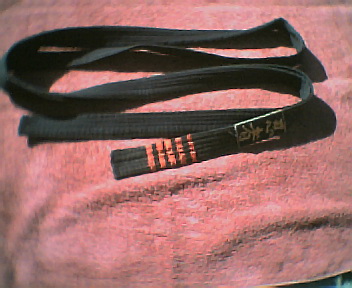 (Fig.183) Obi
(Fig.183) Obi
The first weapon that my students are introduced to is the “karate obi” which is the belt (Fig.183) that a martial artists wears around his waist when learning a Japanese martial art.
A very versatile weapon, at close hand, it does not really look as though you could do anything with it but, this is a very handy weapon, for it could be used to deflect or block an opponent’s attack. It can also be used to strike a person used in a whip-like fashion, (think of when you were a child, chasing your brother or sister down the passage, whipping the bathroom towel in such a fashion that the corners of the towel strikes the legs or back), in that very same old fashion, you could whip the belt tips to the eyes of the assailant. Other techniques are of, entangling the opponent then to tie him up in order to restrain him.
On a more advanced stage of training, the very same techniques used with the belt, would be applied with a short chain with weighted ends attached to it (Fig.184). This then caters for even further more techniques discussed further on.
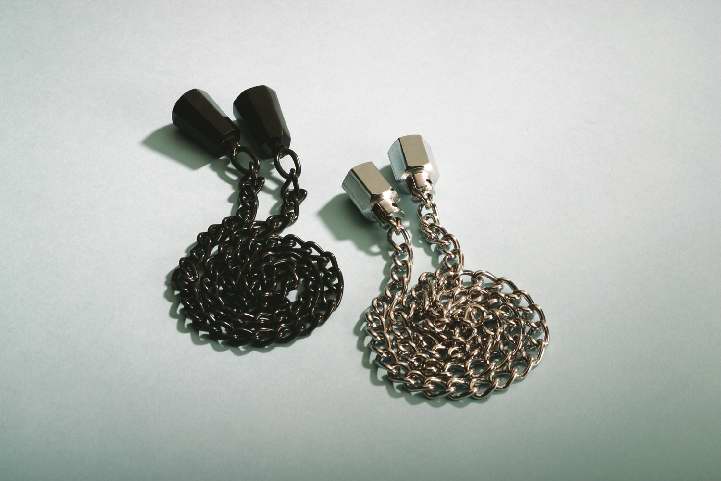 (Fig.184) manriki or kusari fundo
(Fig.184) manriki or kusari fundo
As it is, nobody walks around with chains or “karate obi”. You most probably would either, be wearing a leather or a material belt. These could also be used to execute most of the techniques illustrated. The actual belt would be applied for the techniques of deflections and blocking and also for the entangling techniques, etc, and the buckle for pressing on nerve centers or by just using it as a hard striking tool.
When working in the garden, the garden hose could also be applied in the same way, even a piece of rope could become the deadly tool, see illustration (Fig.185a – d).
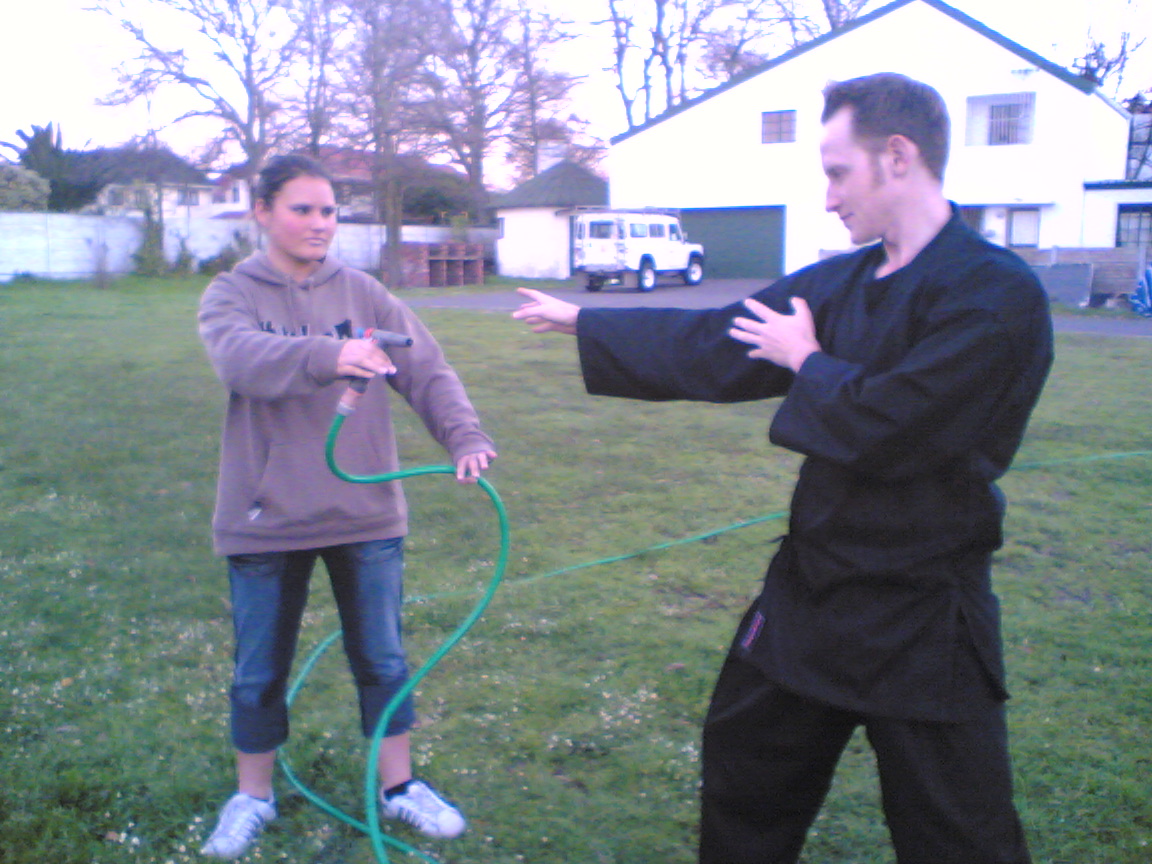
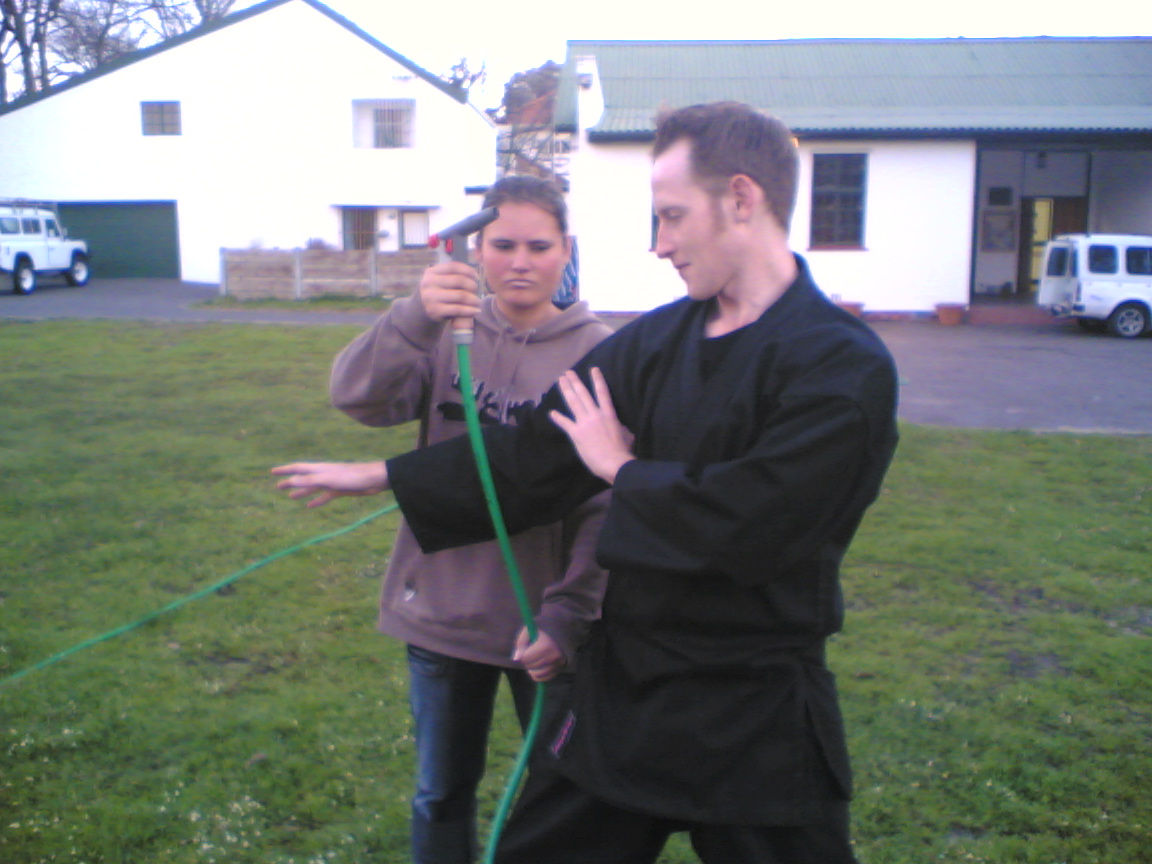
(Fig.185a) defending with hose in ready (Fig.185b) stepping in to outer-body
position space


(Fig.185c) with left hand – curl hose (fig.185d) pull hose with left hand down
around the neck so that the opponent falls
In this book I will discuss the deflections and a short venture into only a few techniques to which you the reader will possibly be able to learn and use.
DEFLECTIONS – BELT etc.
When applying the deflections on using the chain: belt or rope, the same movements of evasions would be applied as used in the movements and postures when learning the basic principles of postures in chapter 2 – (postures).
In this book I will demonstrate evasions and deflections by using only the basic levels of “jodan / chudan no kamae”.
See following illustrations:-
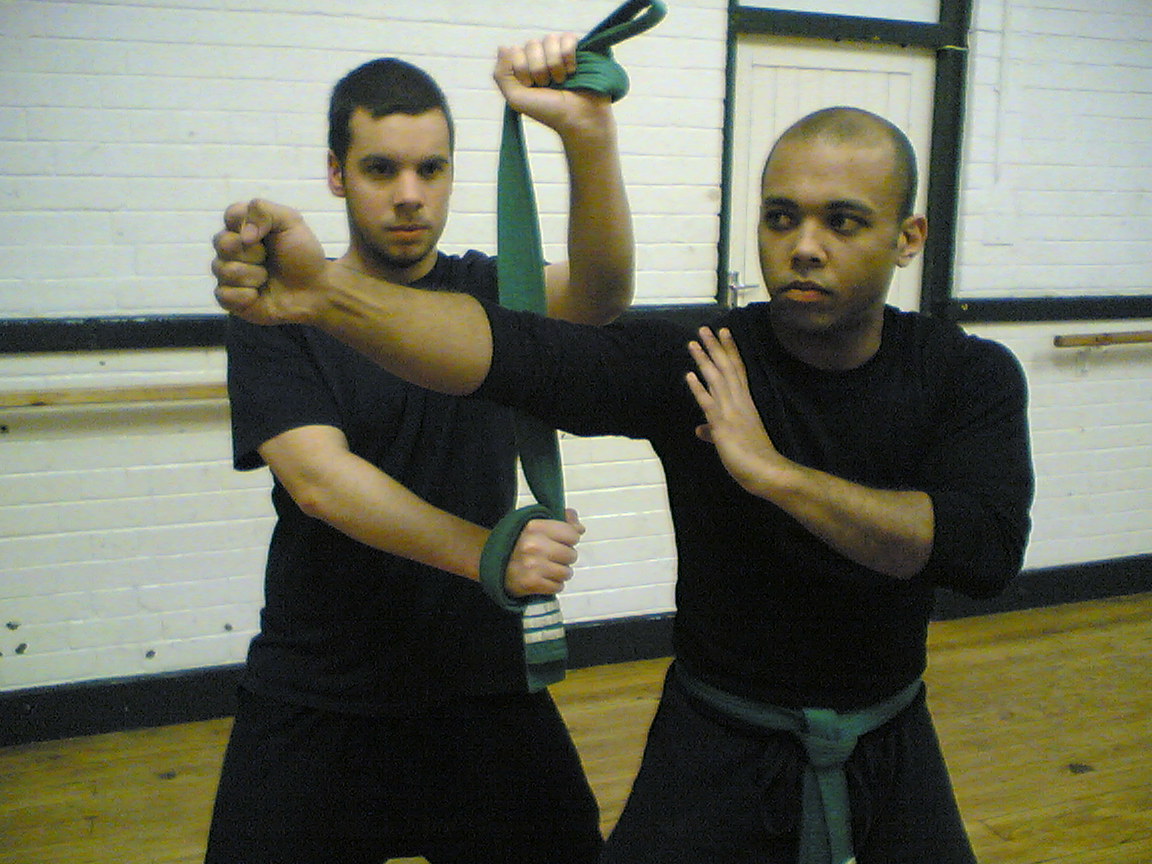
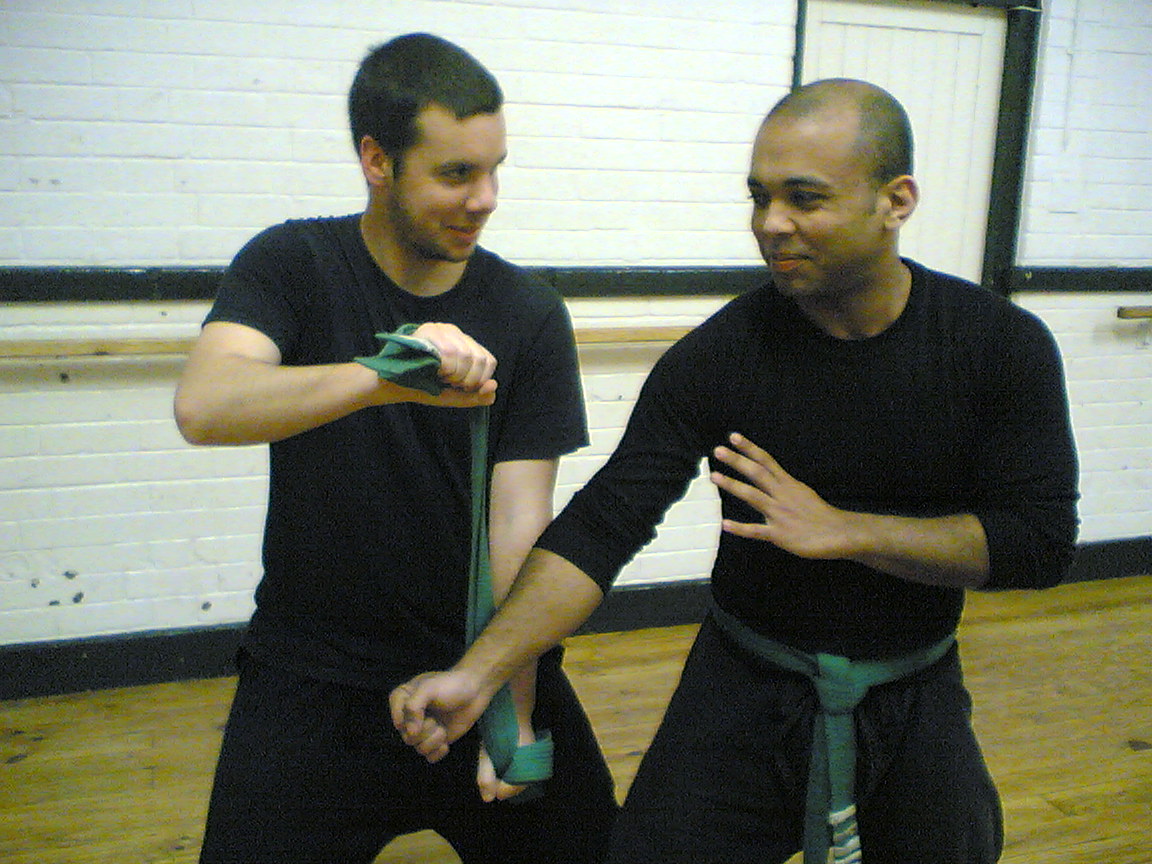
(Fig.186) deflecting with belt middle to (Fig.187) deflecting with belt middle to
high level – outer body space low level – outer body space

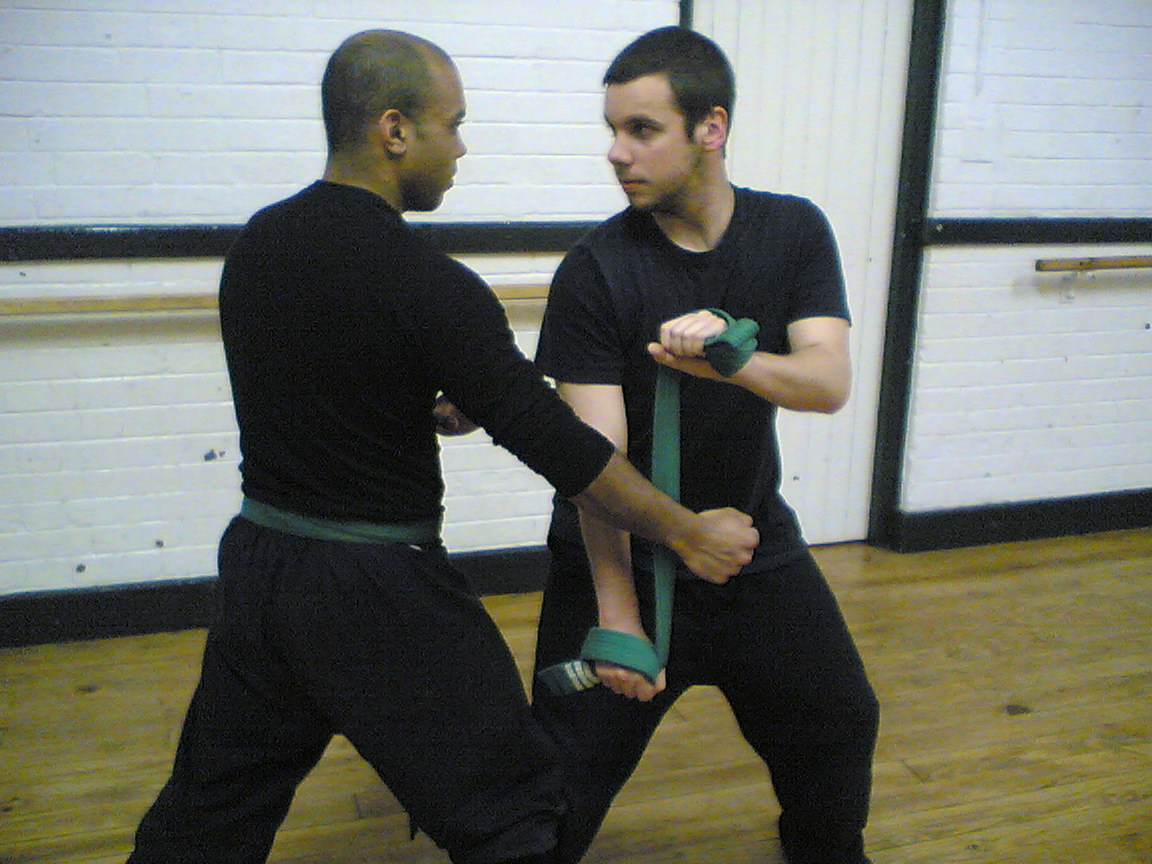
(Fig.188) deflecting with belt middle to (Fig.189) deflecting with belt middle to
high level – inner body space low level – inner body space
SUBTLE DISCARDING TECHNIQUES
In some situations, a call for subtle defense is needed, maybe a friend or a family member is out of line and you need to discard that person’s approach without causing serious injury or pain. And you would just want to discard him of his harmful intentions by means of using your belt.
These techniques, requires using deflections to re-direct the intended punch or grab, by method of deflecting with belt.
The first technique is of deflecting the opponent’s double grabbing motion towards throat or shirt.
The attack is stopped by holding the belt in both hands and on a calculated move to deflect both hands upwards and then to push the opponent backwards by placing the belt above the nipple line in order to disrupt his balance, the opponent could be flung a distance away by adding a more aggressive push to the motion, the very same technique could be applied on either side of the opponent as well, pushing him from the sides.
On a more serious encounter the technique could be adapted to a much more harsher approach and to place the belt either at the throat or at the base of the nose, both these latter techniques could be lethal.
See following illustrations:-
(Average defense approach “a”)
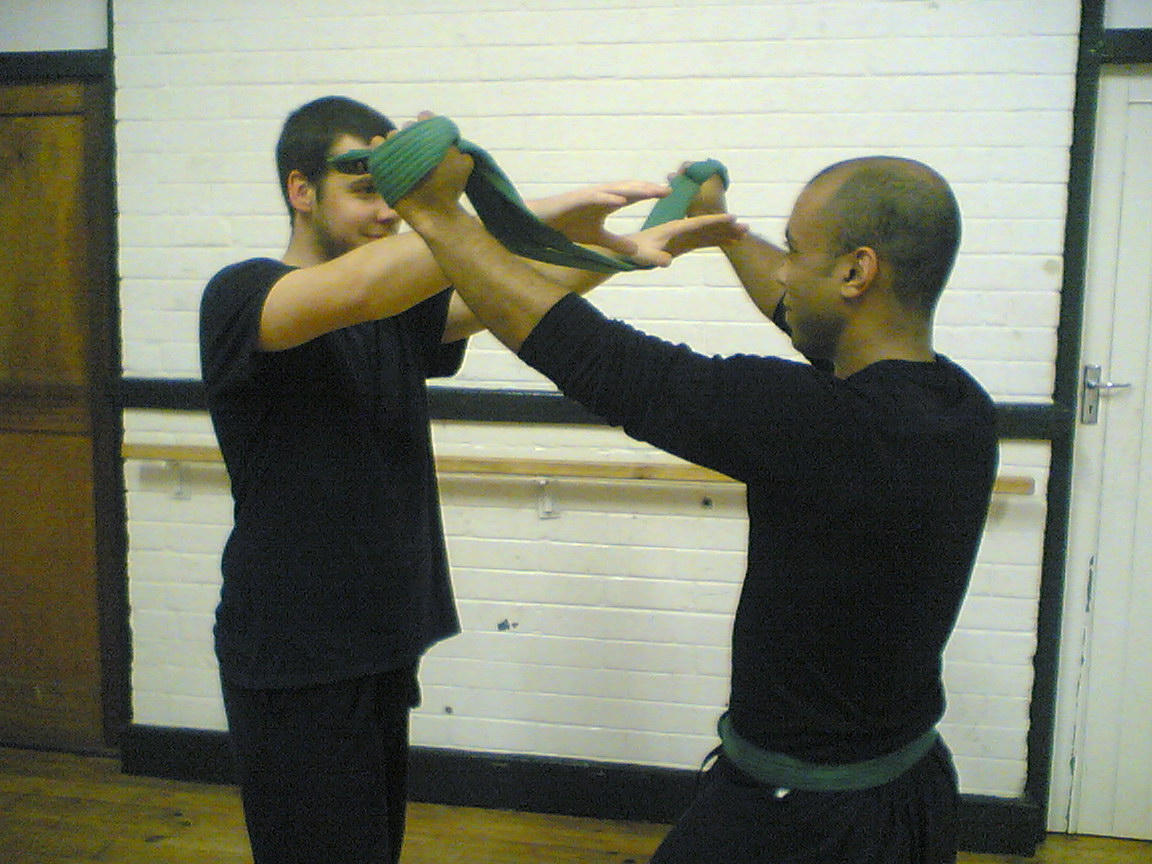
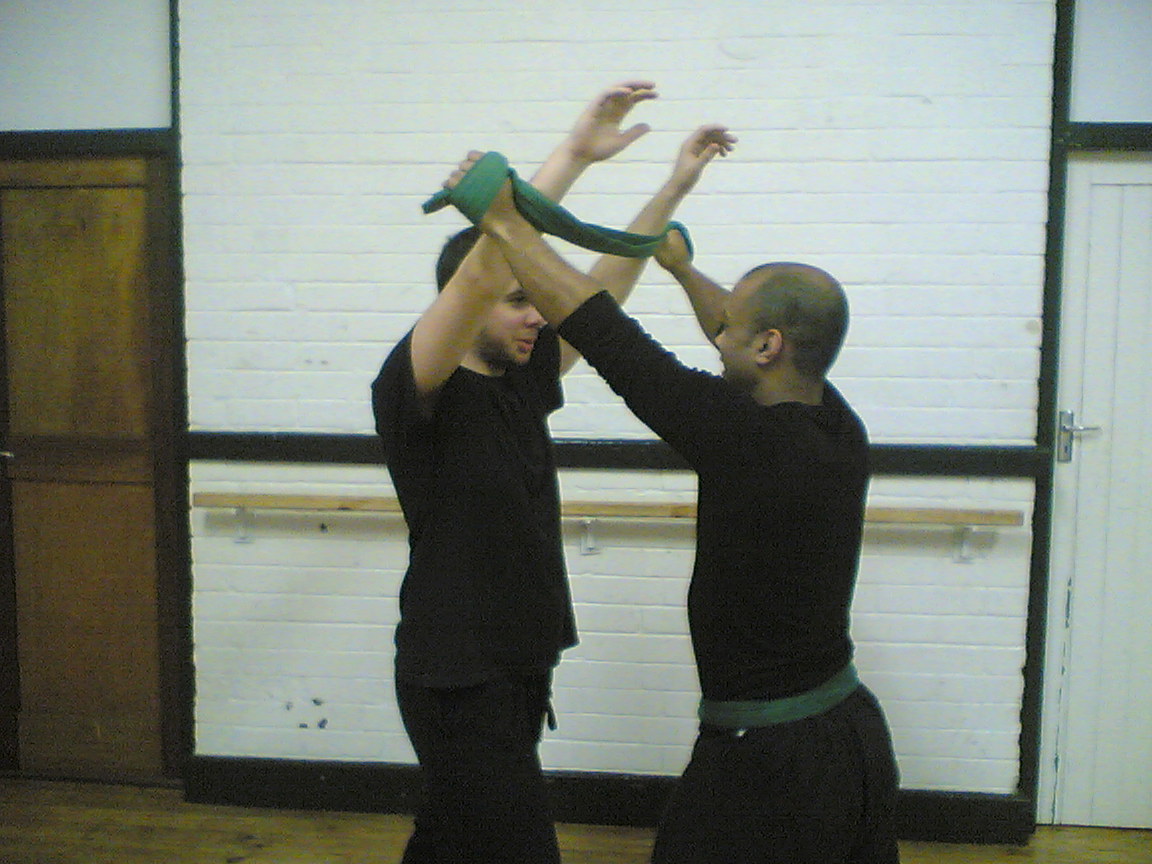
(Fig.190 a) deflecting upwards to a chest (Fig.190 b) deflecting upwards to a
pushing technique chest pushing technique
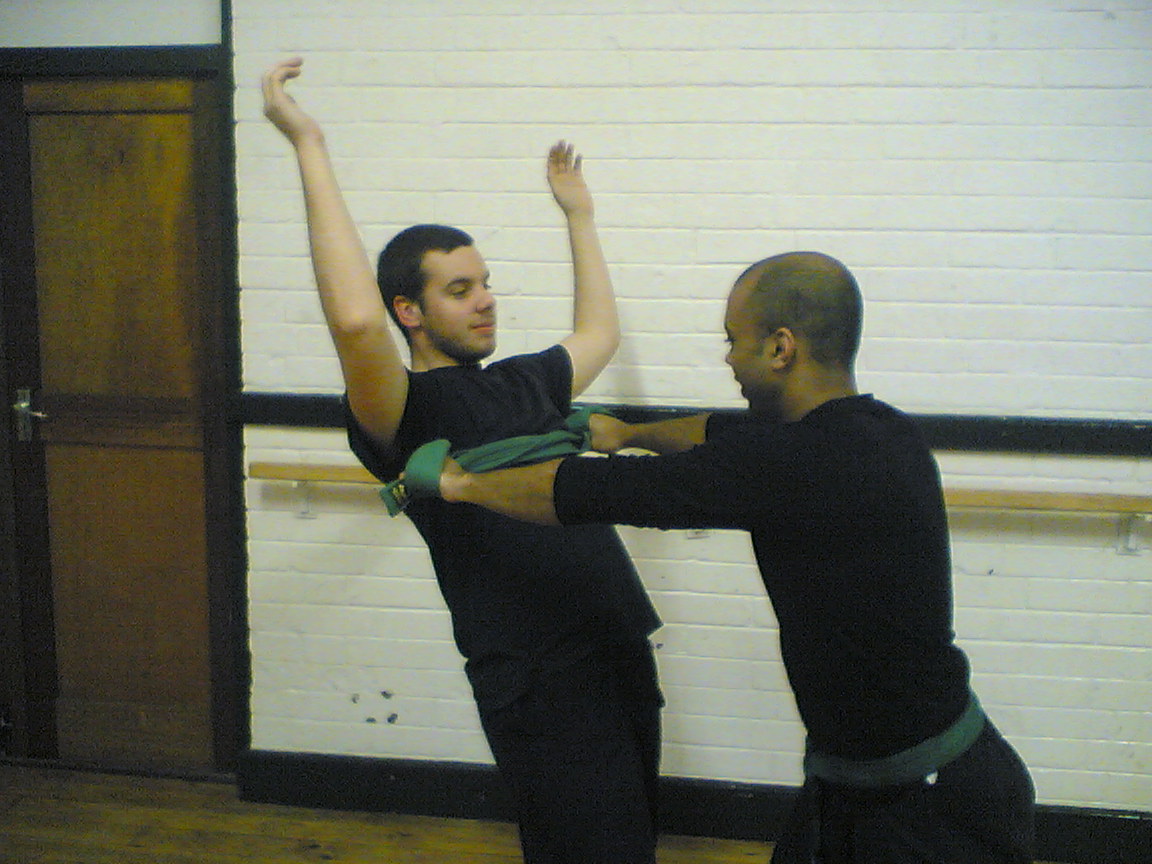
(Fig.190 c) after deflecting, pushing the opponent over with medium to strong force.
(Average defense approach “b”)

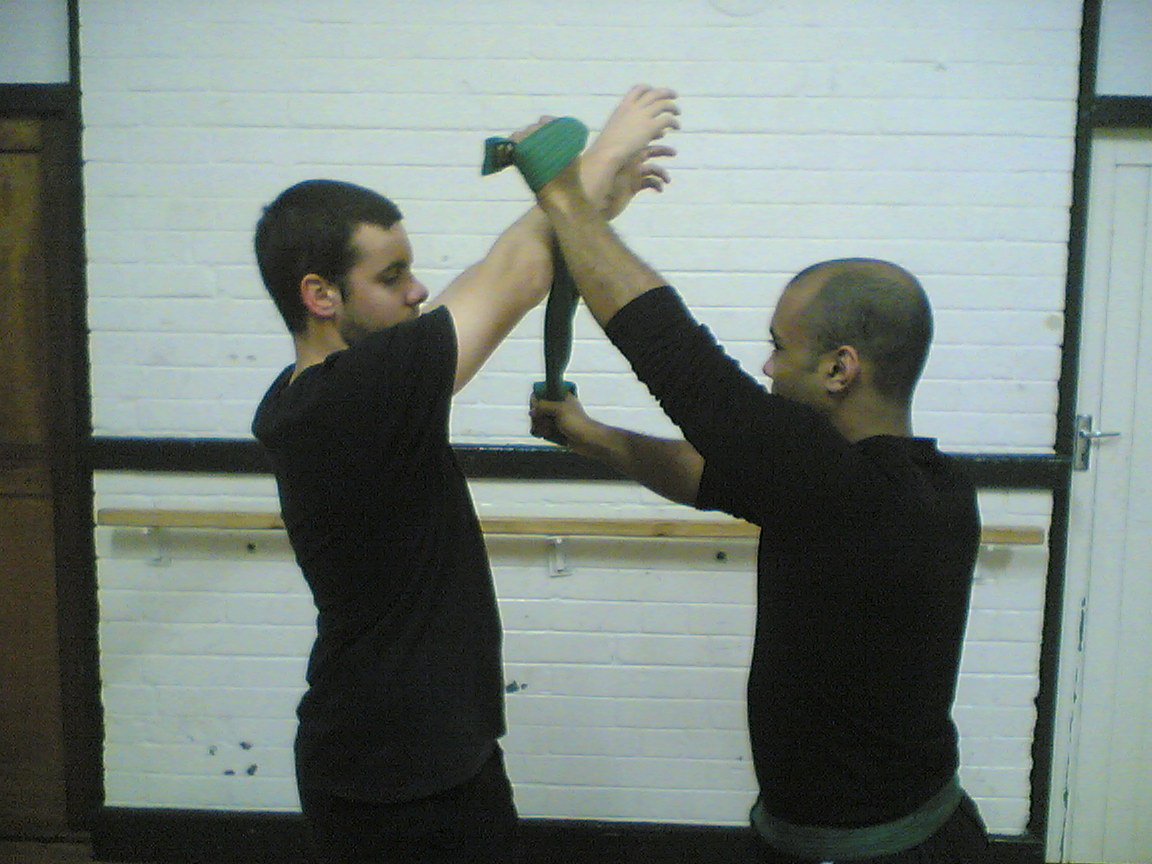
(Fig.191 a) deflection to a belt pushing (Fig.191 b) deflection to a belt pushing
technique to the side technique to the side

(Fig.191 c) after deflecting, pushing the opponent over by using medium to moderate force
(Severe defense approach)
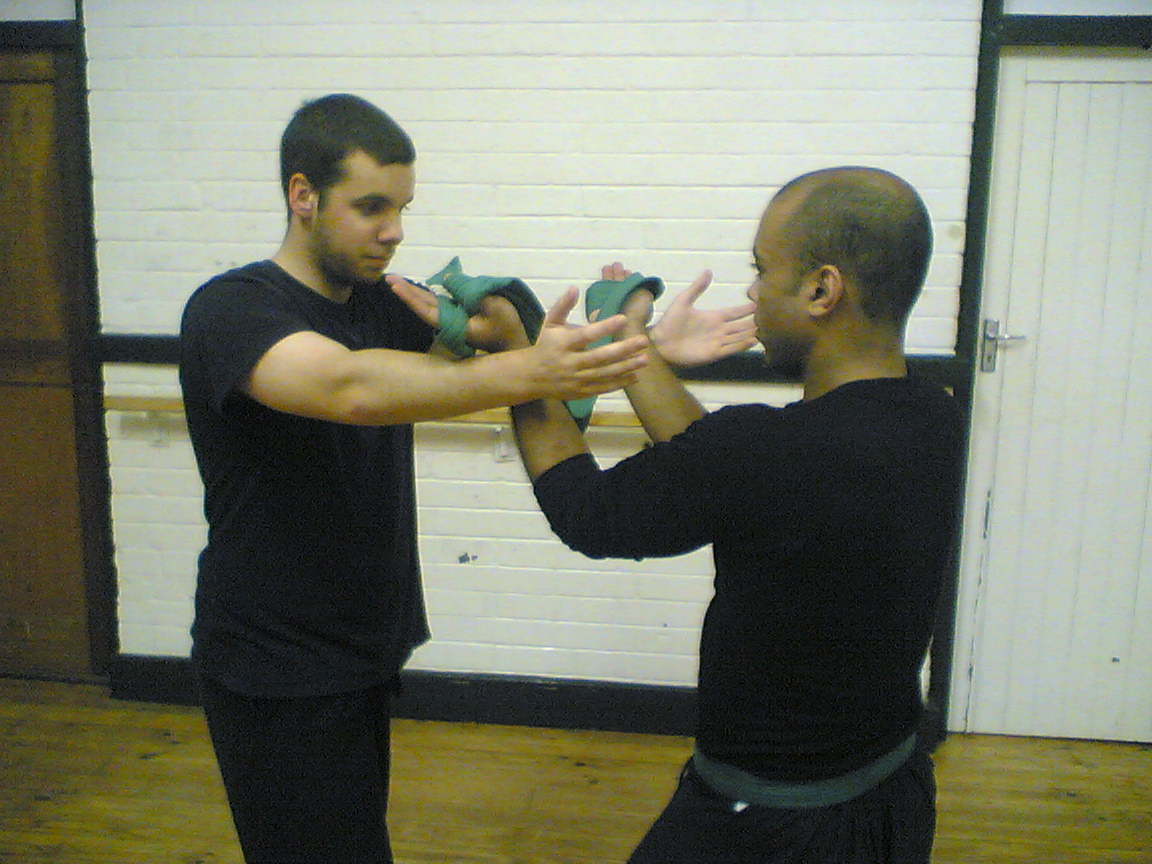
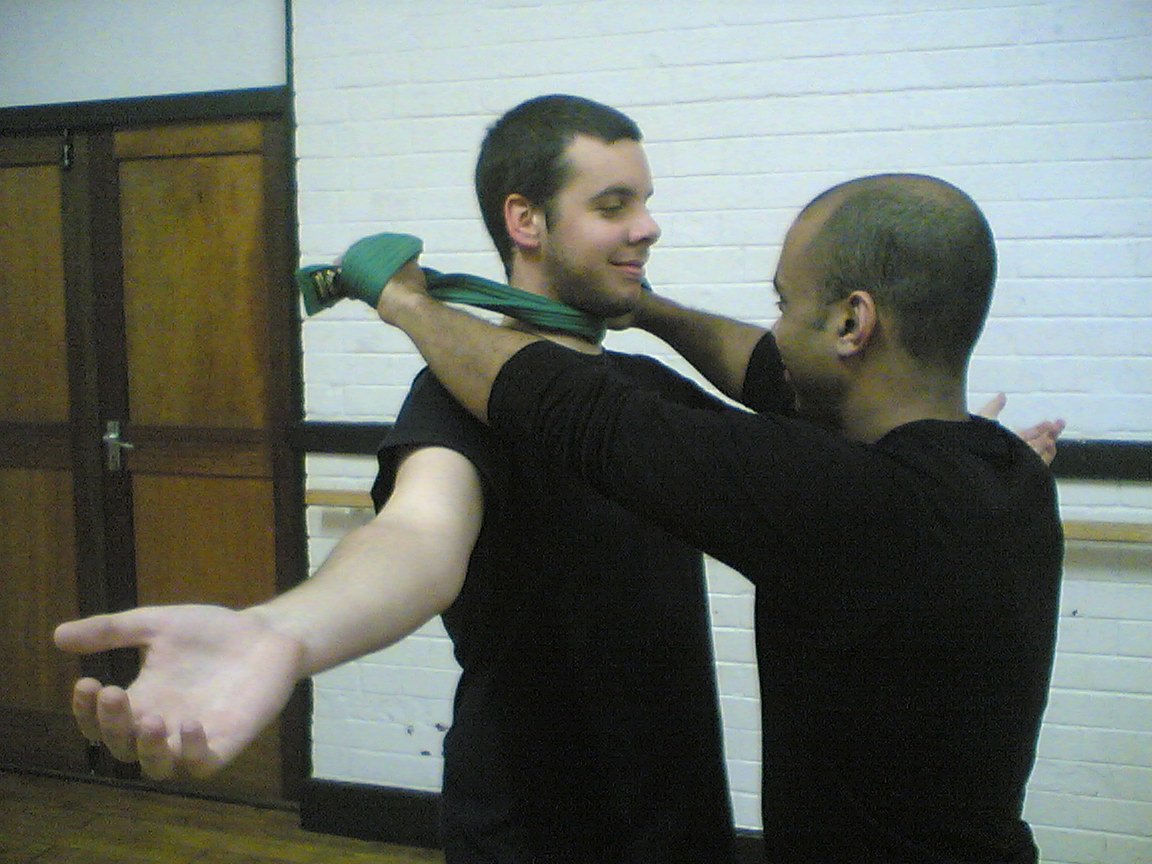
(Fig.192 a) Using a fountain deflection (Fig.193b) after utilizing the fountain
deflection, to push at the
neck
LOCKS AND HOLDS
“QUICK WRIST-WRAP AND PULL TAKE-DOWN”
To begin with, a technique called a “quick-wrist-wrap and pull” take-down, could be utilized as an opponent strikes at you statically or using a lunge attack.
The technique is applied by either stepping to the side using an inner-body or an outer-body space maneuver, the belt is then folded once around the wrist and with a jerk movement, the opponent would be propelled forward and possibly flung to the ground.
See illustration:
(Quick Wrist Catch “A” – “low outer-body movement”)
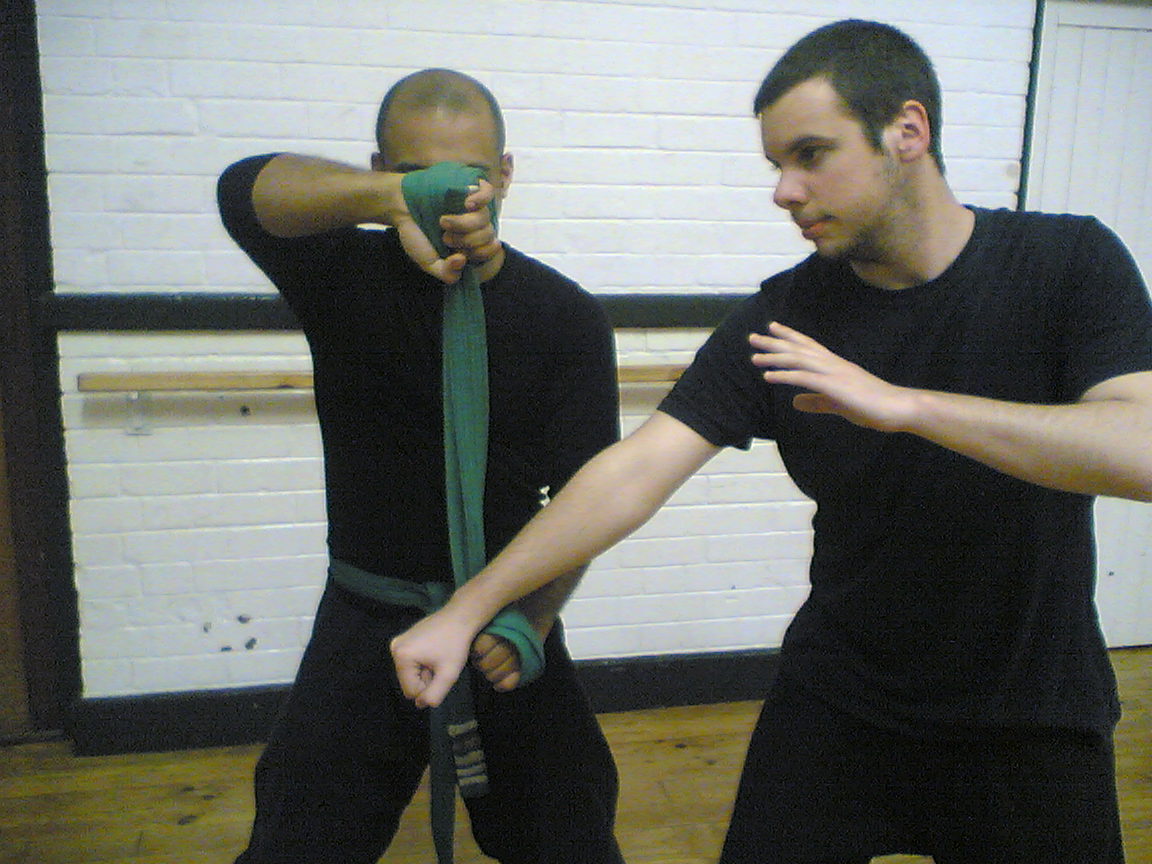
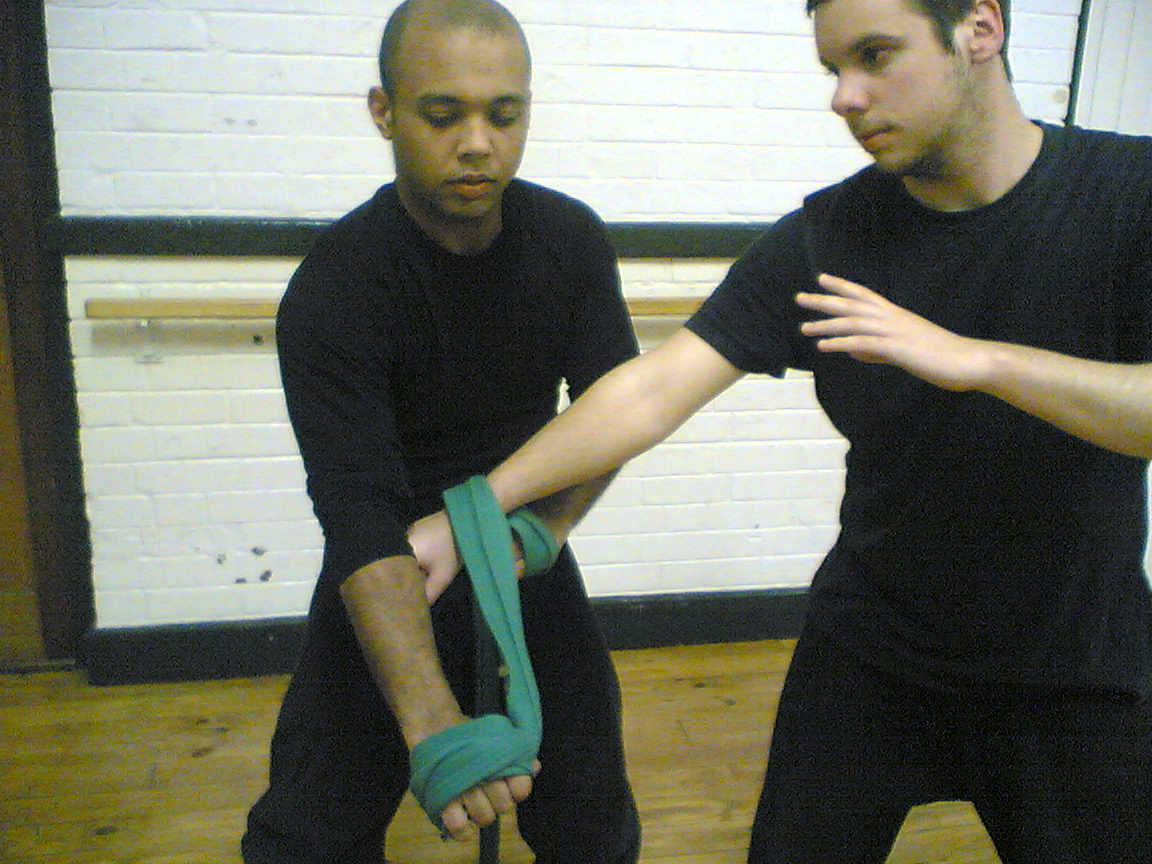
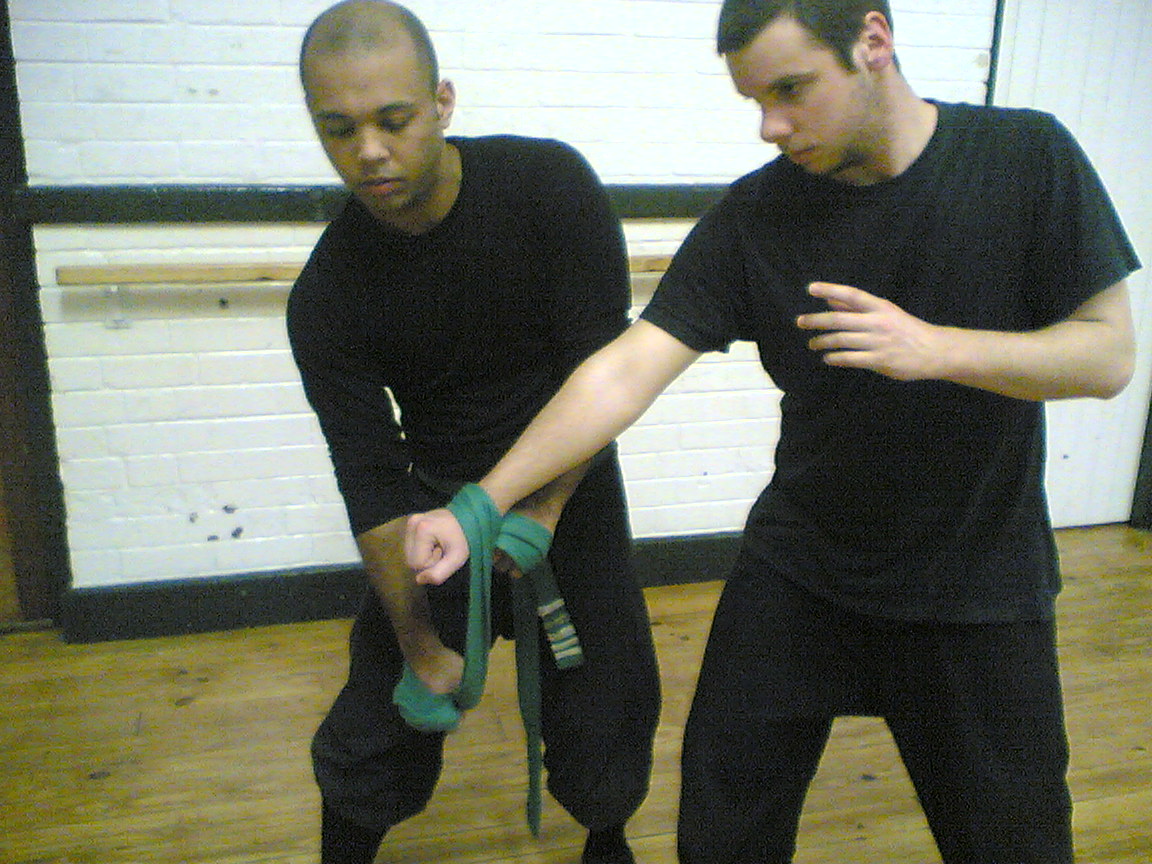
(Fig.194 a) (Fig.194 b) (Fig.194 c)

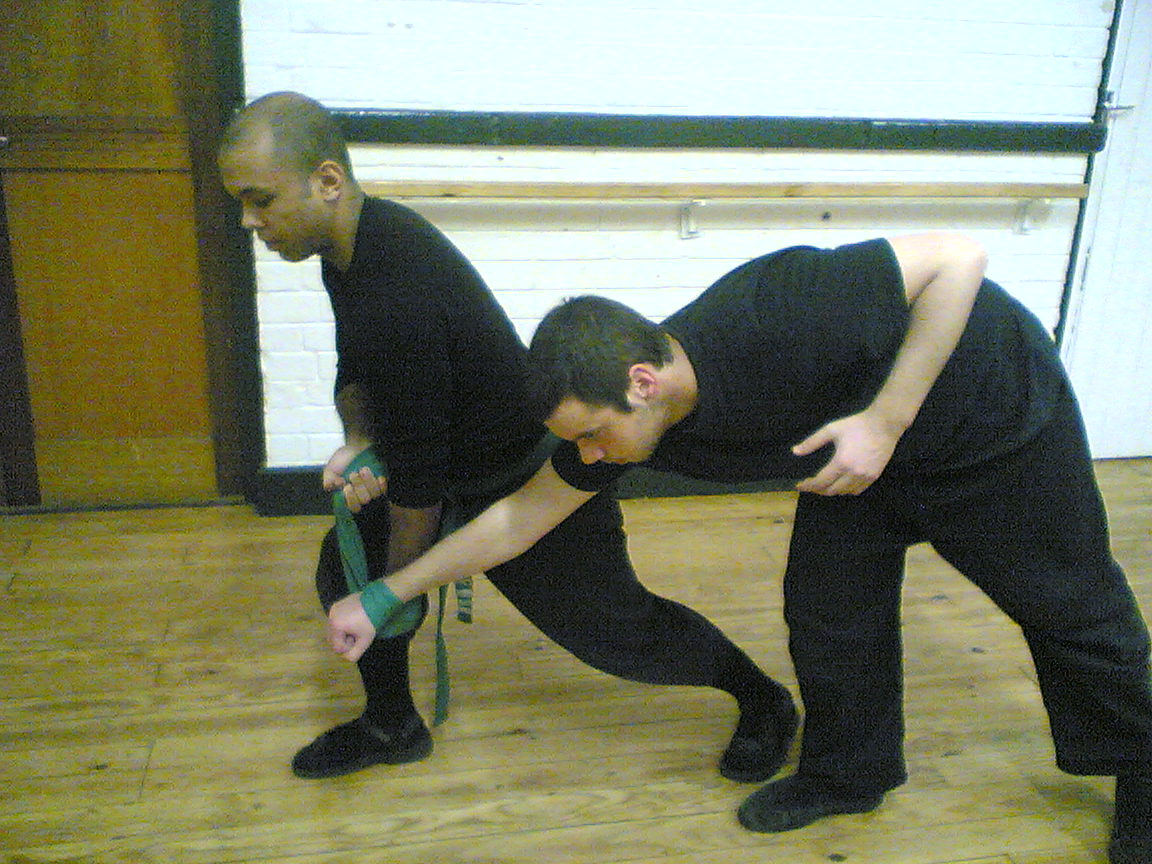
(Fig.194 d) (Fig.194 e)
Figure 194a demonstrates the deflection – note to the outer forearm area
Figure 194b demonstrates, a clock-wise turning around the wrist
Figure 194c continues from figure 194b,
Figure 194d demonstrates the upward pulling action to gain a firm grasp
Figure 194e demonstrates the forward and down pulling motion
(Quick Wrist Catch “B” –“ low inner-body movement”)
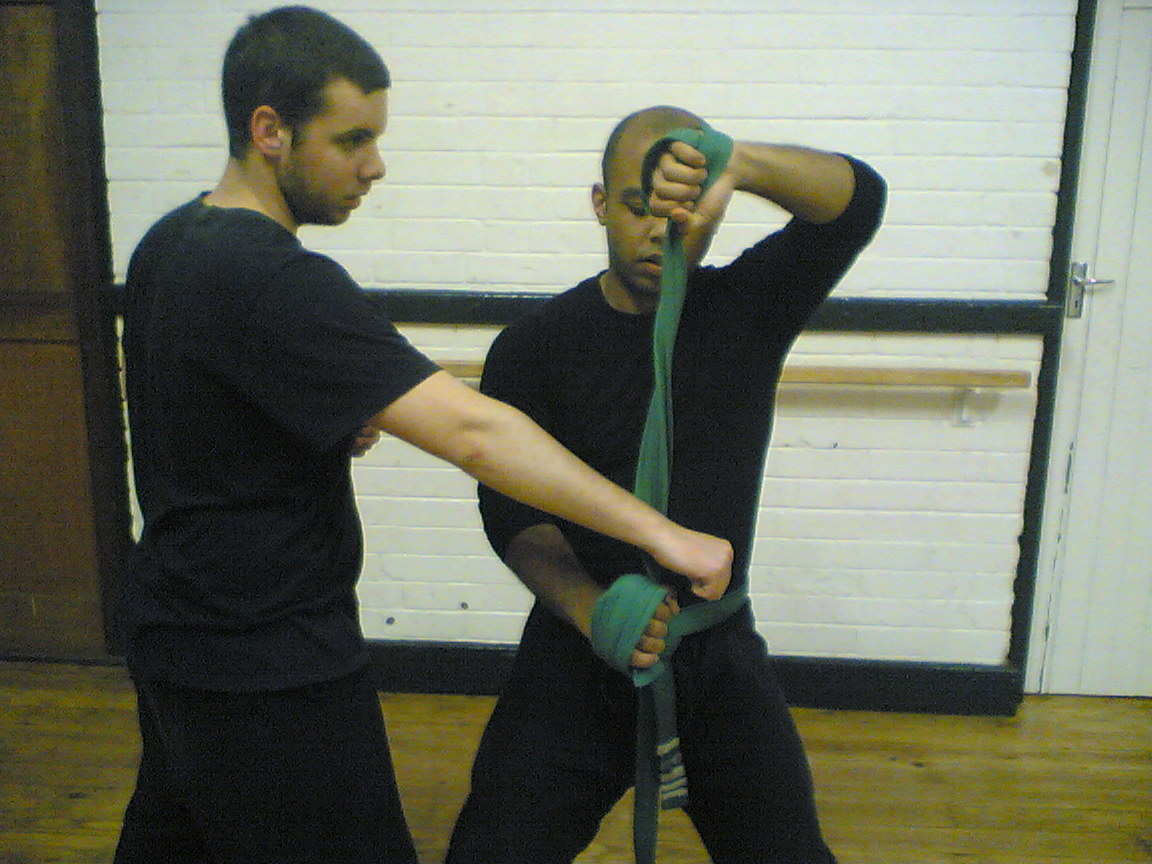
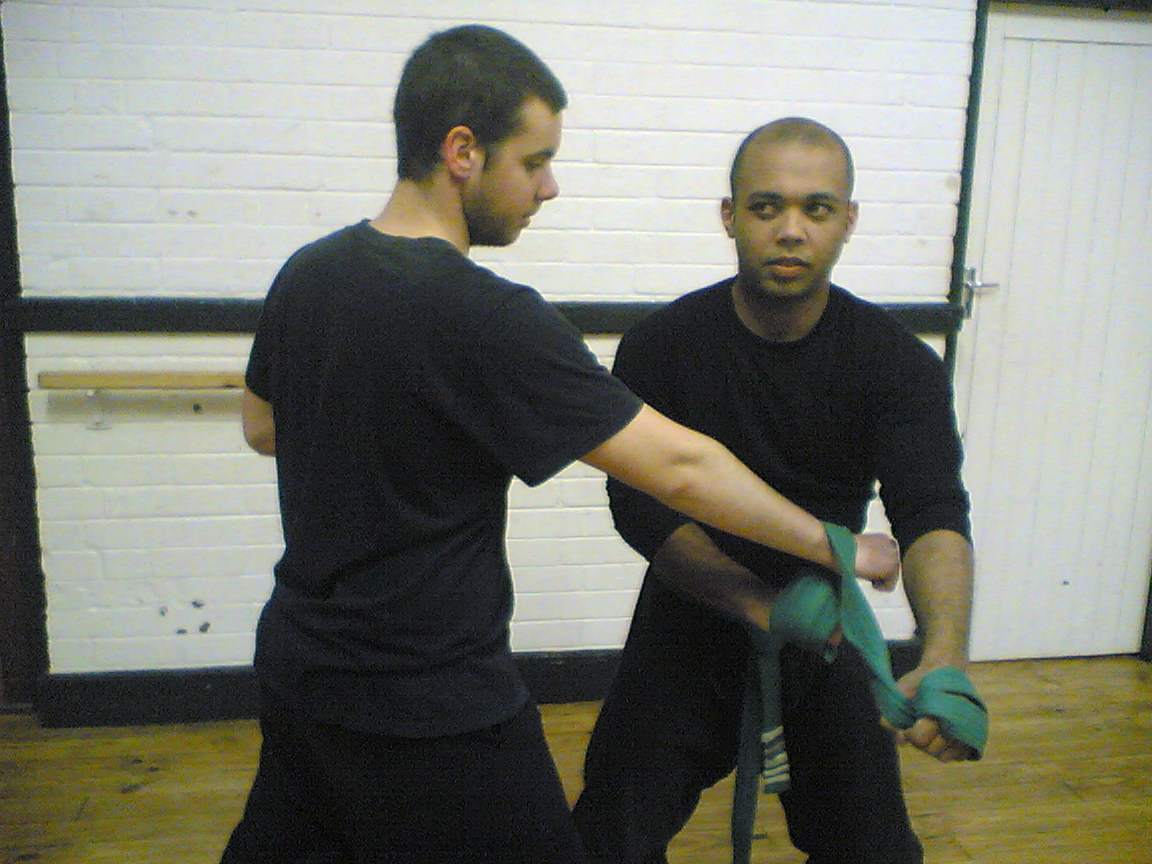
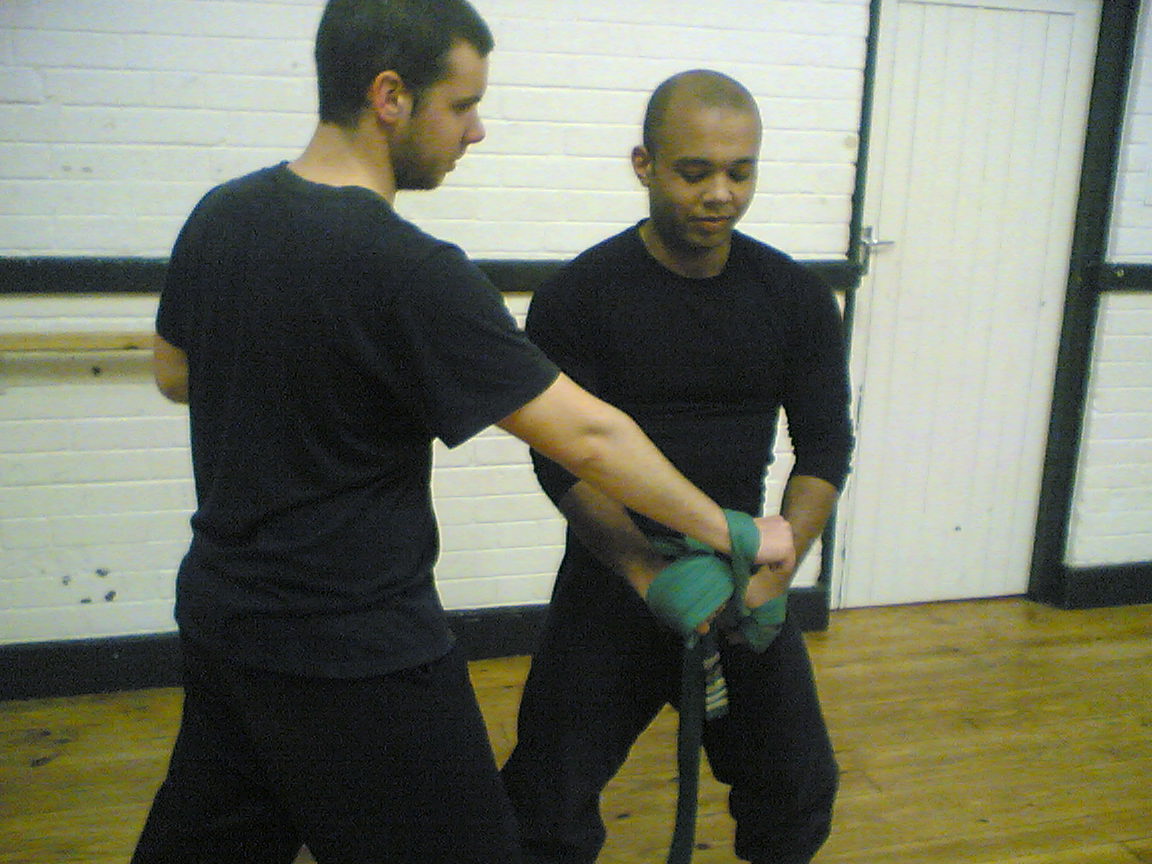
(Fig.195 a) (Fig.195 b) (Fig.195 c)
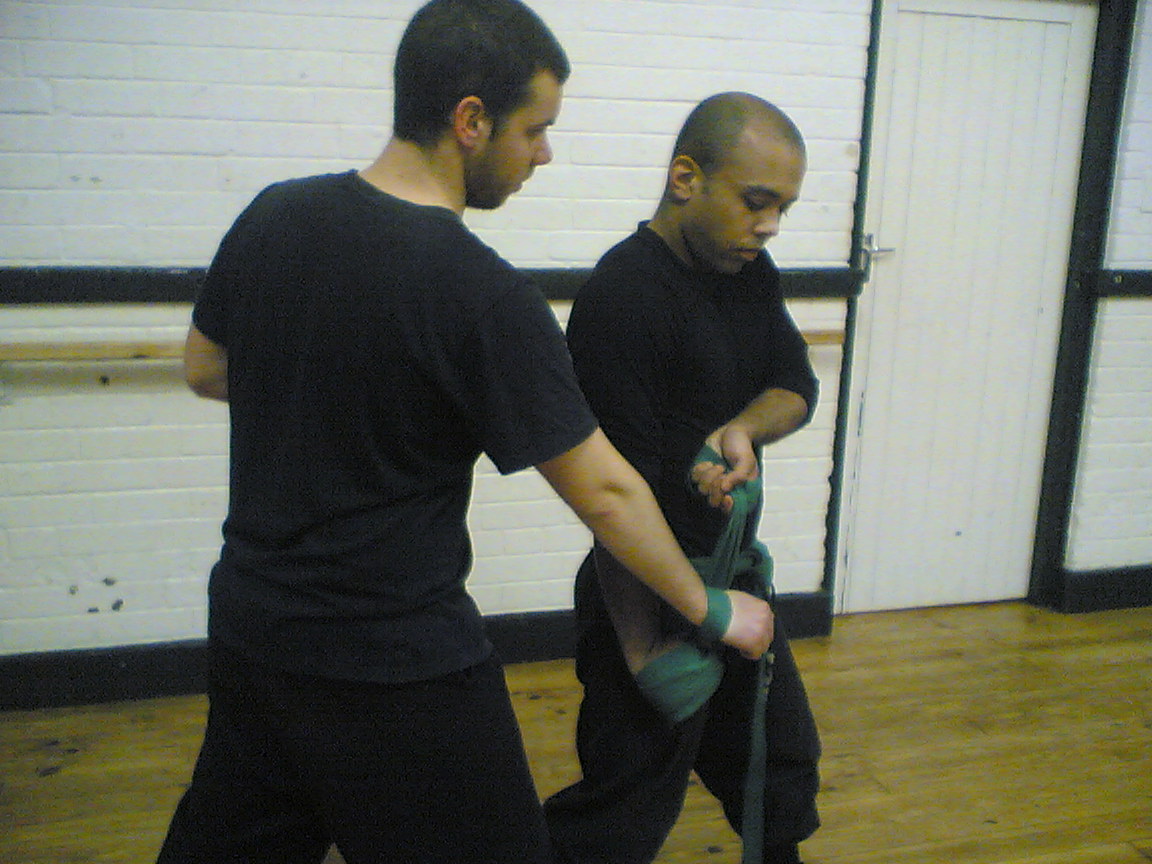
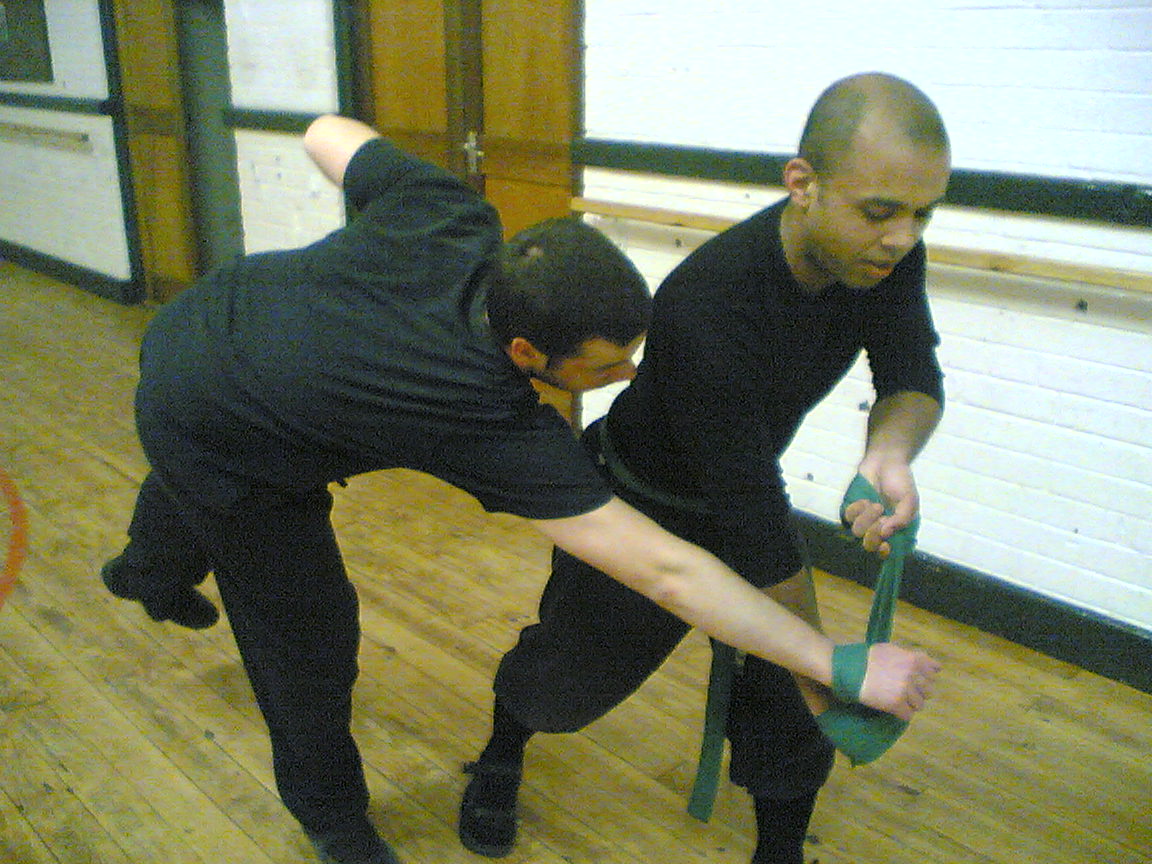
(Fig.195 d) (Fig.195 e)
Figure 195a demonstrates the deflection – note to the inner forearm area
Figure 195b demonstrates, left hand turning the belt anti-clock-wise around the wrist
Figure 195c continuation of fig.195b
Figure 195d demonstrates the upward pulling action to gain a firm grasp
Figure 195e demonstrates the forward and down pulling motion
“ARM CATCH TO A FIGURE 4”
Next is the “arm-catch to a figure 4” technique. This technique is utilized by stepping in towards the opponent using an inner-body space maneuver, as he uses a lunge striking method towards you.
The blow is evaded in such a manner that the opponent’s arm is inside the circle of the belt and your body, your left arm high and your right arm low forming a vertical line, the right hand is brought up to the triceps and left hand to snake in a clockwise motion over the arm stopping at the outer part of the attacking wrist (right hand), by simultaneously pulling with right hand downwards and in a circular motion towards your chest to his chest, you’ll be bending the opponent’s elbow downwards creating a weak spot, continue to pull with left hand away from opponent’s face and right hand pulling to chest, the opponent should now begin to buckle, continue movement until he goes down.
See illustrations:-
(Arm-catch to a “figure 4”)
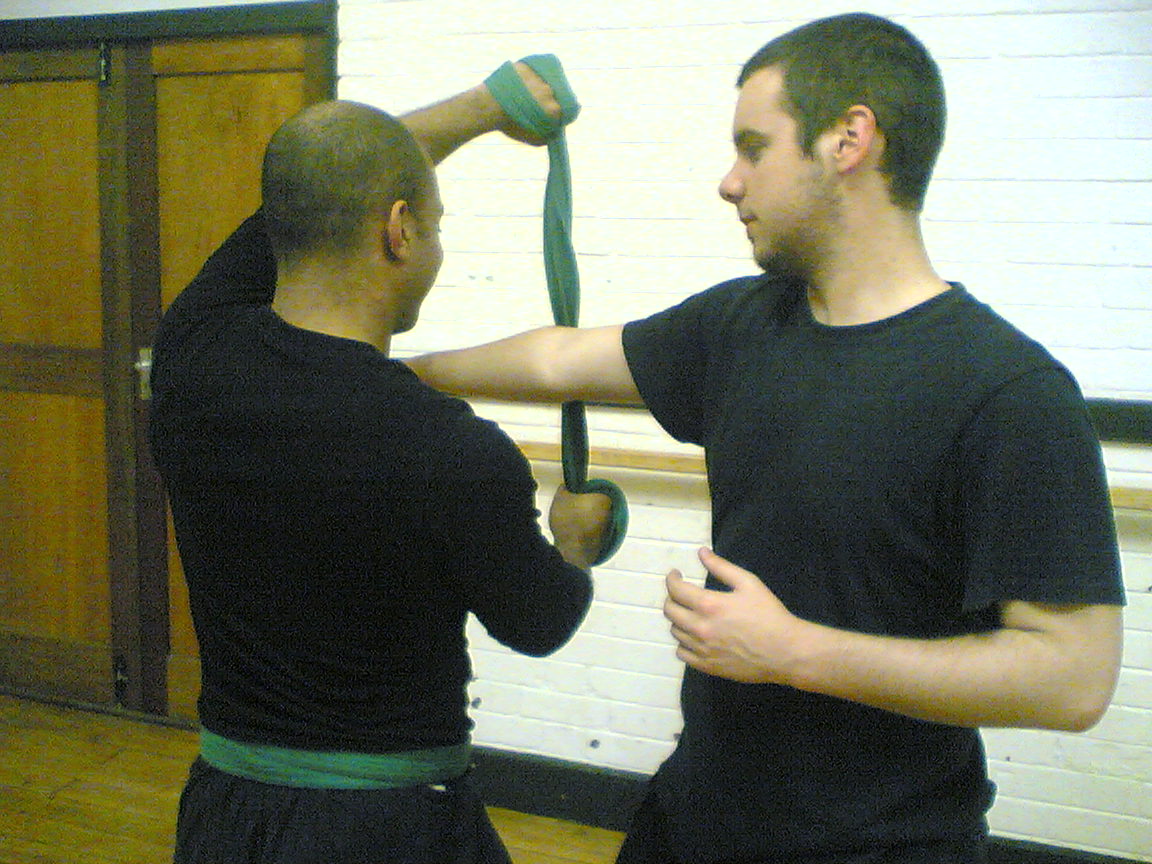

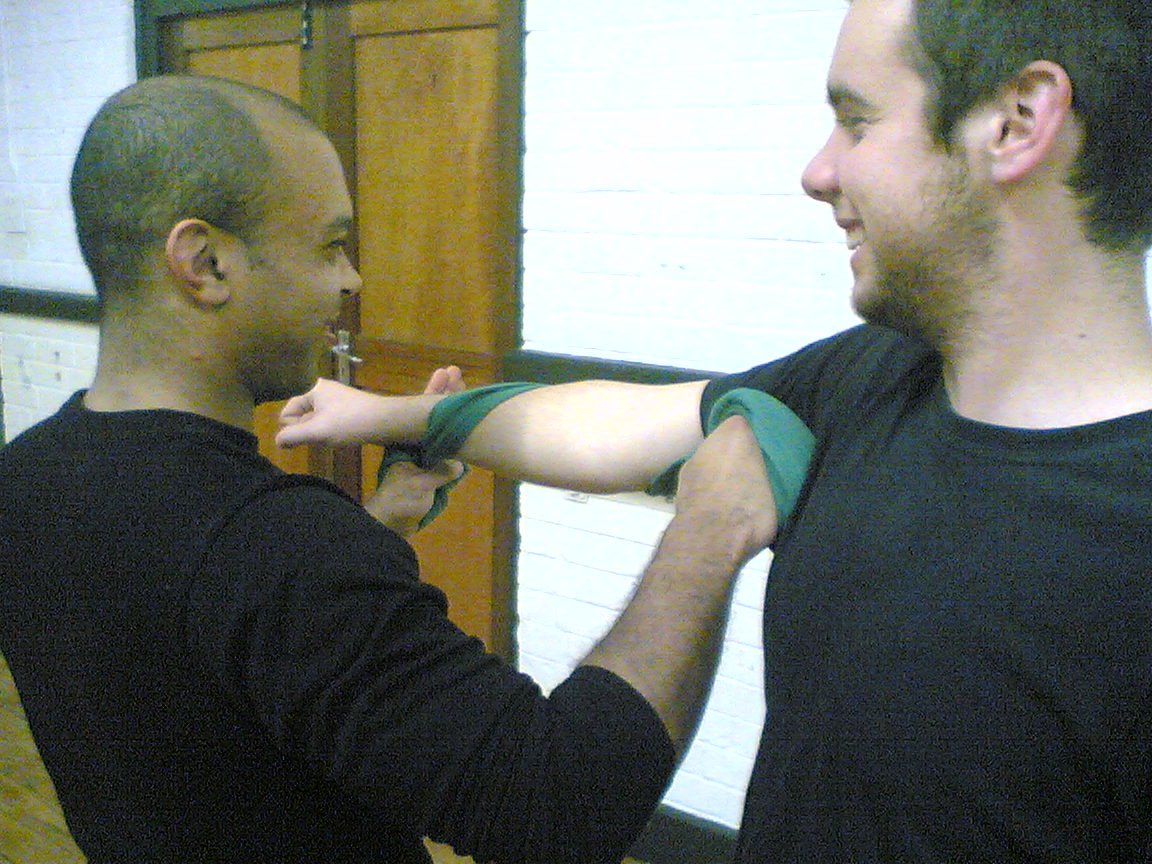
(Fig.196 a) (Fig.196 b) (Fig.196 c)
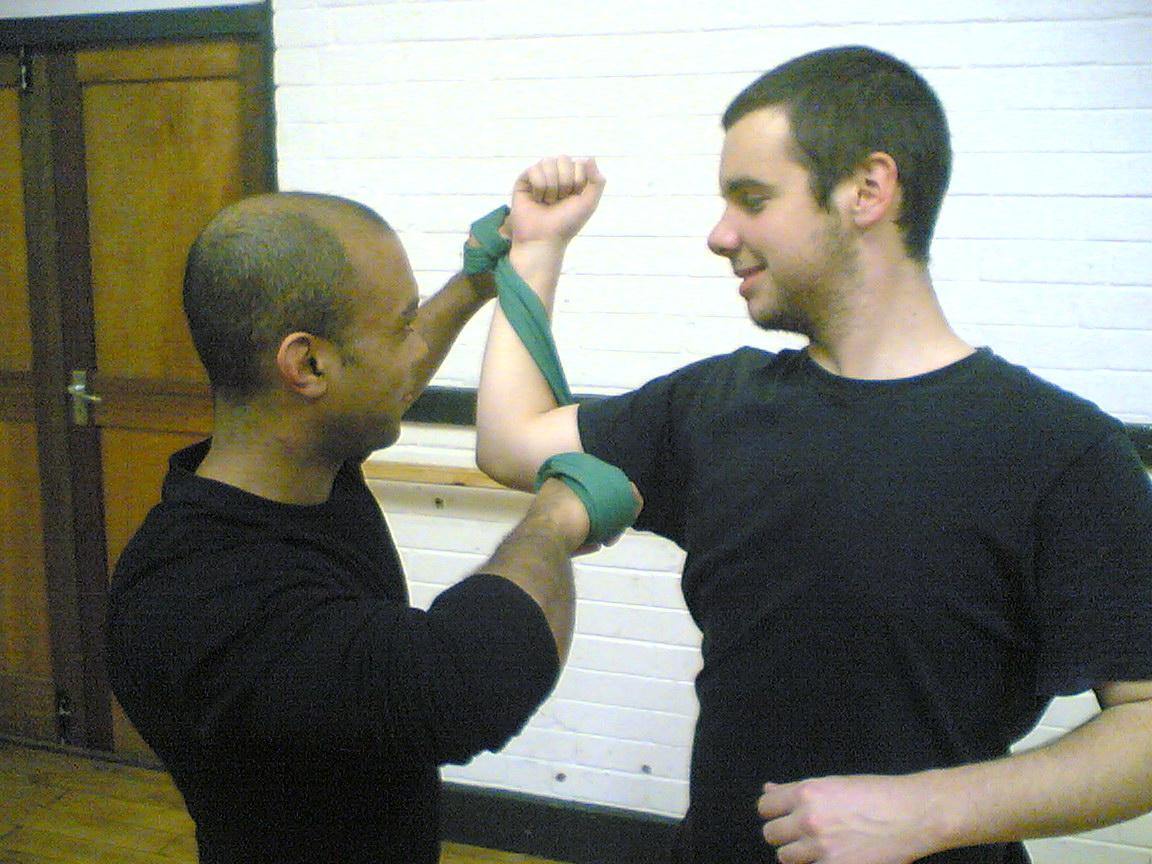
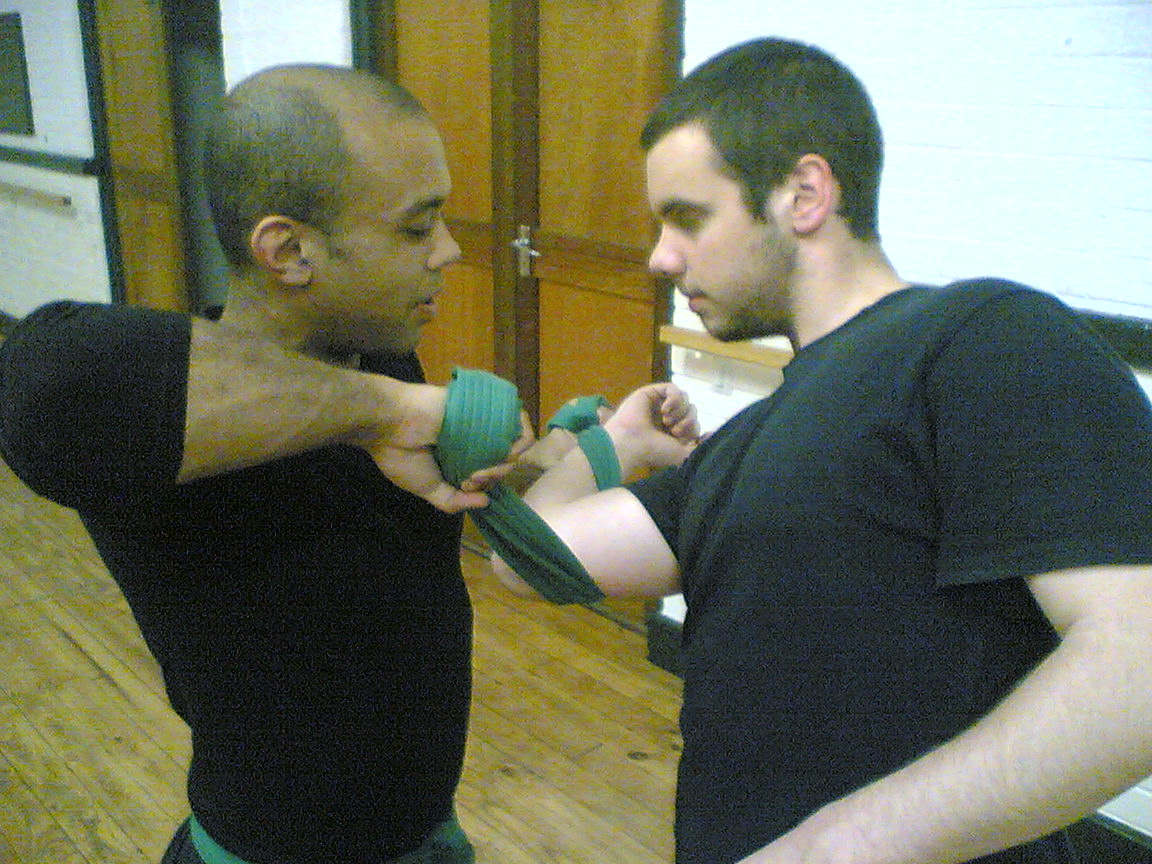

(Fig.196 d) (Fig.196 e) (Fig.196 f)
Figure 196 a - demonstrate the moving in motion using element of void
Figure 196 b - right hand to shoulder, left hand anti-clock-wise turning over wrist
Figure 196 c - fingers of left extended to outer part of wrist, r/hand inside of shoulder
Figure 196 d - l/hand pulling wrist up and out, r/hand pulling down and in
Figure 196 e - equally amount of pulling force on both wrist and elbow to buckle opponent
Figure 196 f – keeping a firm hold, twist your position to the left en take opponent down
THROWING TECHNIQUES
The belt is also versatile to the extent that it could also be applied as a grappling, to a throwing tool, by means of trapping the opponent’s limbs and throwing the opponent.
However when throwing an opponent, it must be foreseen that the opponent is still under your control, after the throw.
In the following illustration it will be demonstrated by utilizing a “neck-wrap to trap” to a throwing take-down.

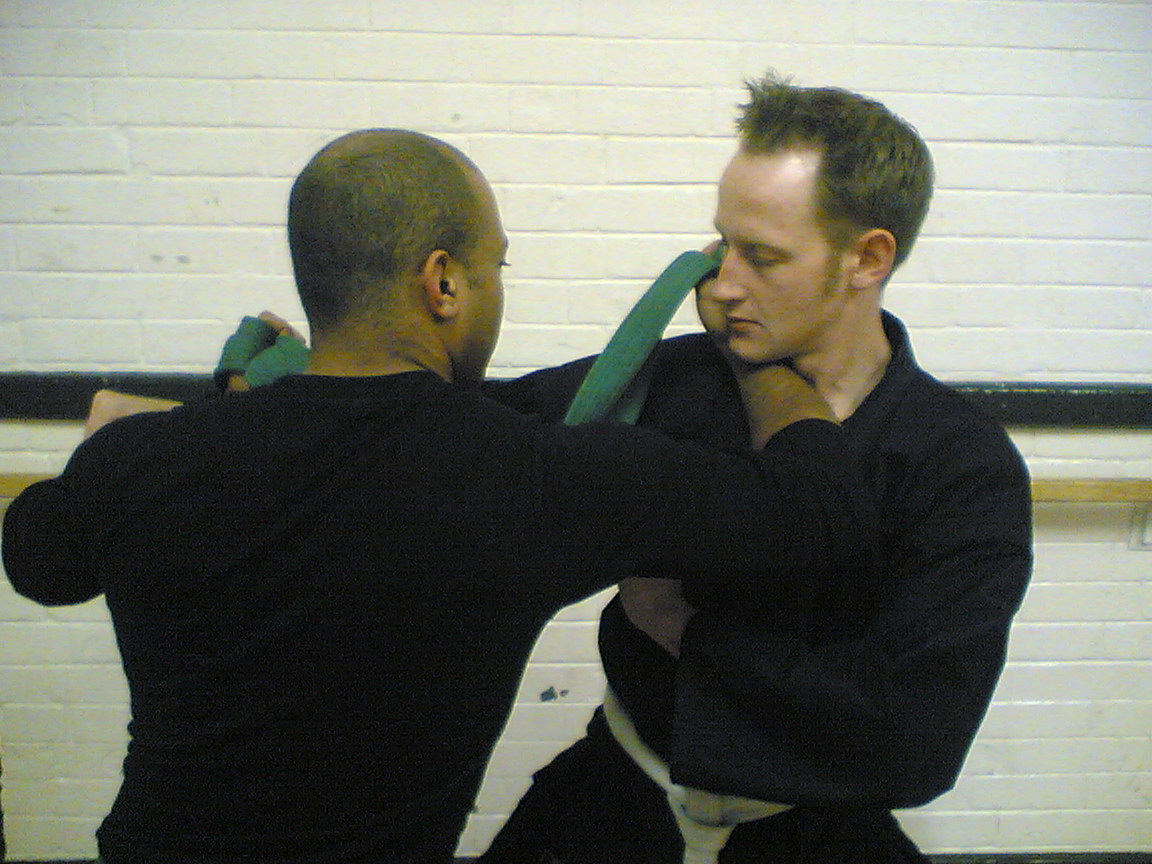
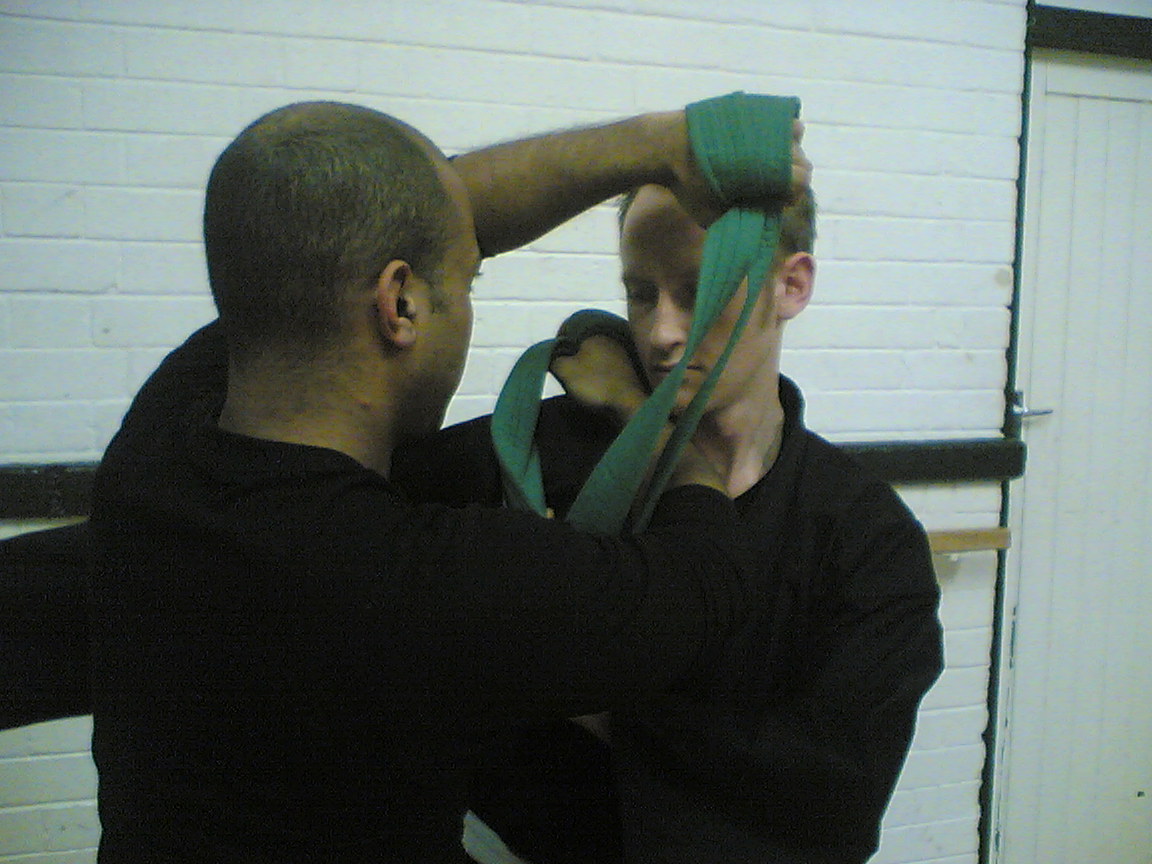
(Fig.197 a) (Fig.197 b) (Fig.197 c)
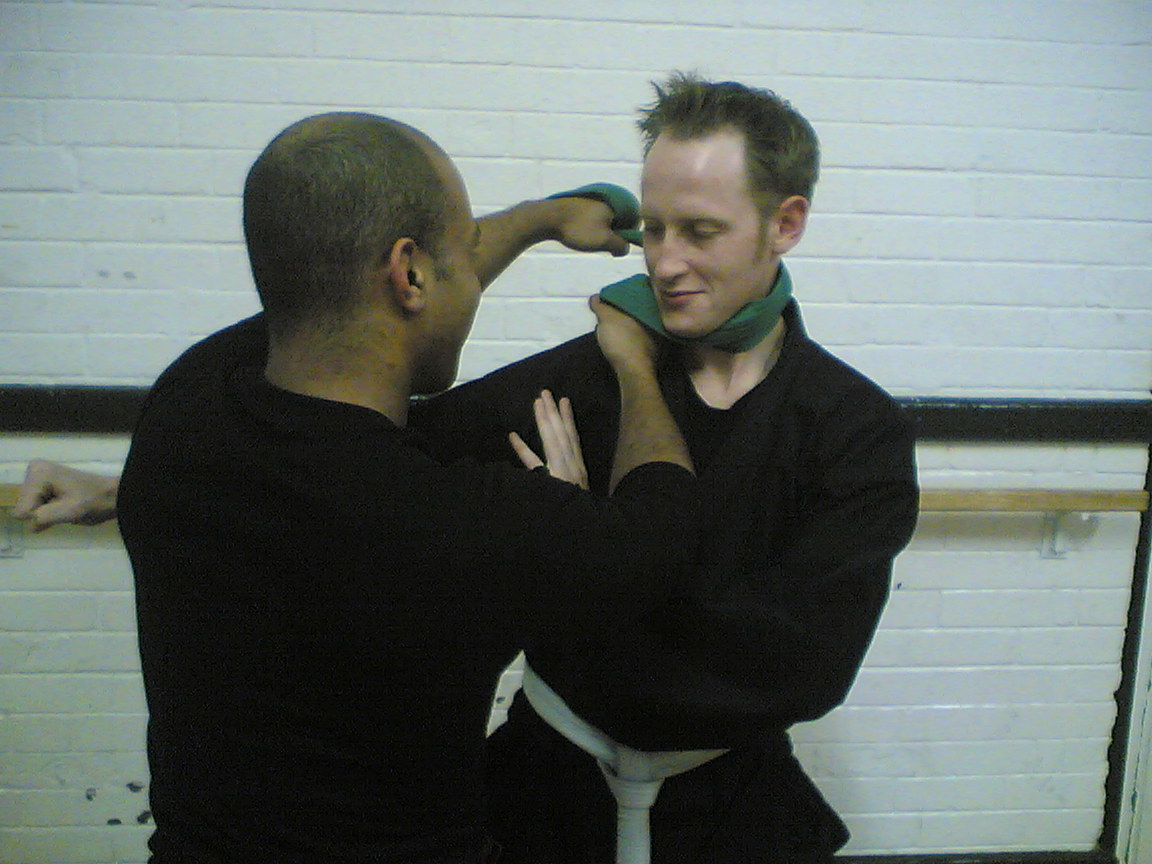
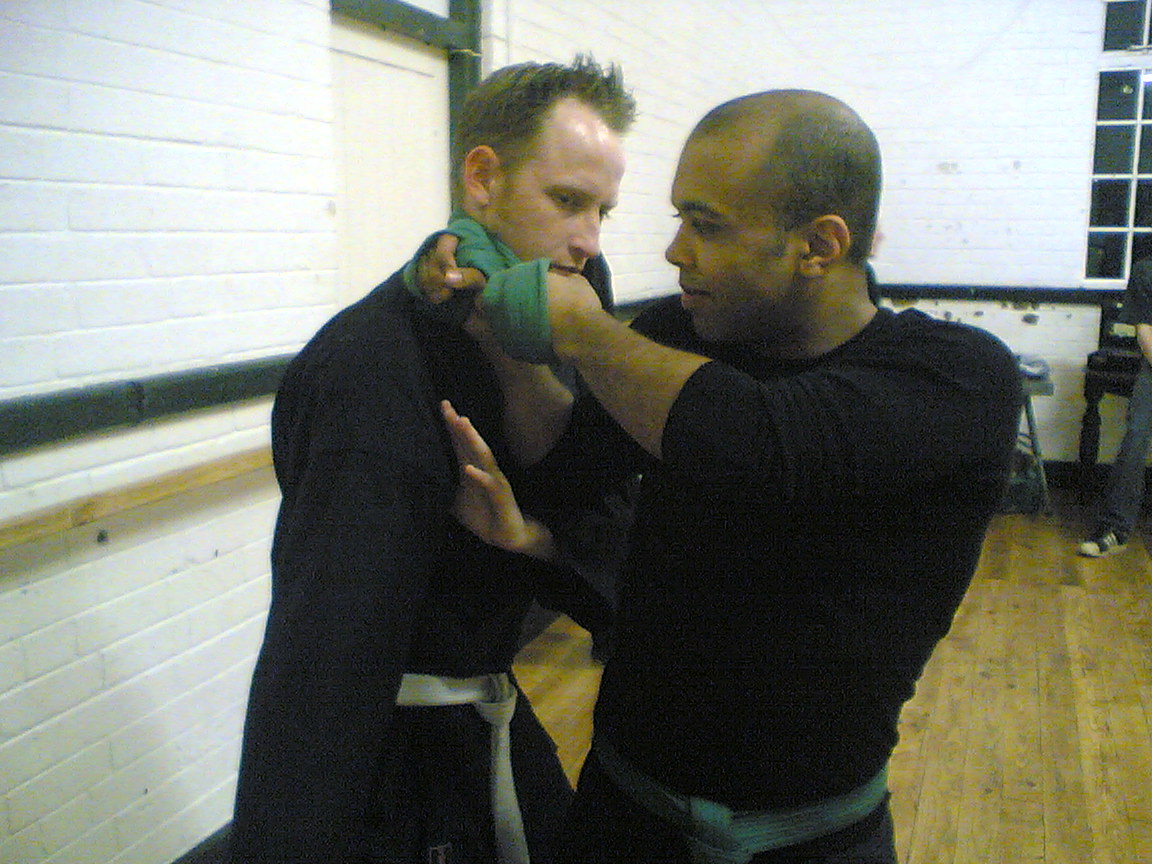
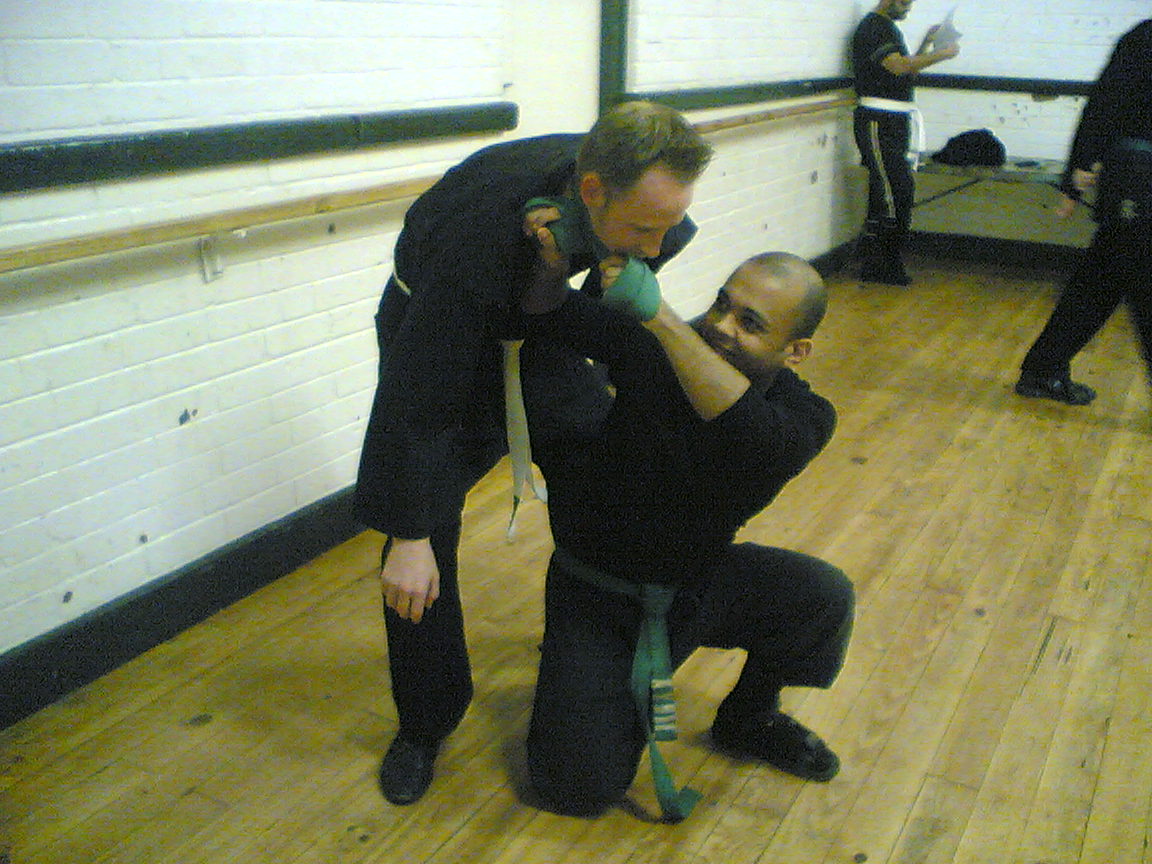
(Fig.197 d) (Fig.197 e) (Fig.197 f)
Figure 197 a - Utilizing a inner-body space deflection with the arm
Figure 197 b - Stepping in with r/foot and placing forearm at throat
Figure 197 c - Folding the belt anti-clockwise with left arm over the head
Figure 197 d - Placing l/hand over the r/hand to utilize a tight choke hold
Figure 197 e – twisting your body anti-clockwise away from opponent
Figure 197 f – dropping to your r/knee bending over and throwing the opponent over
your shoulder and after the opponent is down, to continue the strangle
hold.
CHAPTER 3
ARMED COMBAT - WEAPONS
KOGA STICK or “SHOBO”
With every weapon the approach is to utilize the tool as a defense tool by either blocking or deflecting with the object and if you could use it as a striking tool, all the better.
The next tool to be explained is the short stick, known as the “koga stick” or “shobo”.
This is a very useful tool, for it can be hidden almost anywhere on your body and could easily and quickly be drawn out, to be used as a weapon.
For every day use, almost anywhere around you, you would be able to find a short stick, as even a log of “braai” wood, could be adapted and applied as a ‘koga” stick with which you could defend yourself with.
The short stick however caters for almost all your needs as a self-defense tool as it could be instantly applied to execute a block or deflect an oncoming attack.
In some security divisions the basic straight baton is used as a weapon and comes as part of the uniform. Therefore by knowing some of these techniques, this baton, has far more advantages than what the security personnel actually could anticipate for (if only half of the companies knew what this baton is capable off).
BLOCKING OR DEFLECTING
The Koga stick is used for blocking or deflecting and then additionally applied with follow up hooking techniques in turn followed up with striking, jabbing or applying locks and holds.
The following are various blocking or deflecting techniques either by single hand or double handed sequences.
Inner-body space, opposite arm deflection or block
When an opponent attempts a linear attacking method or attack with his right hand, towards the upper level of your face or body, you could in an anti-clockwise circular motion block or deflect the blow coming towards you with the short stick held in left hand (illustration Fig.198). The point of impact could be attempted to the opponent’s lower forearm or his hand or fingers which is holding the weapon.
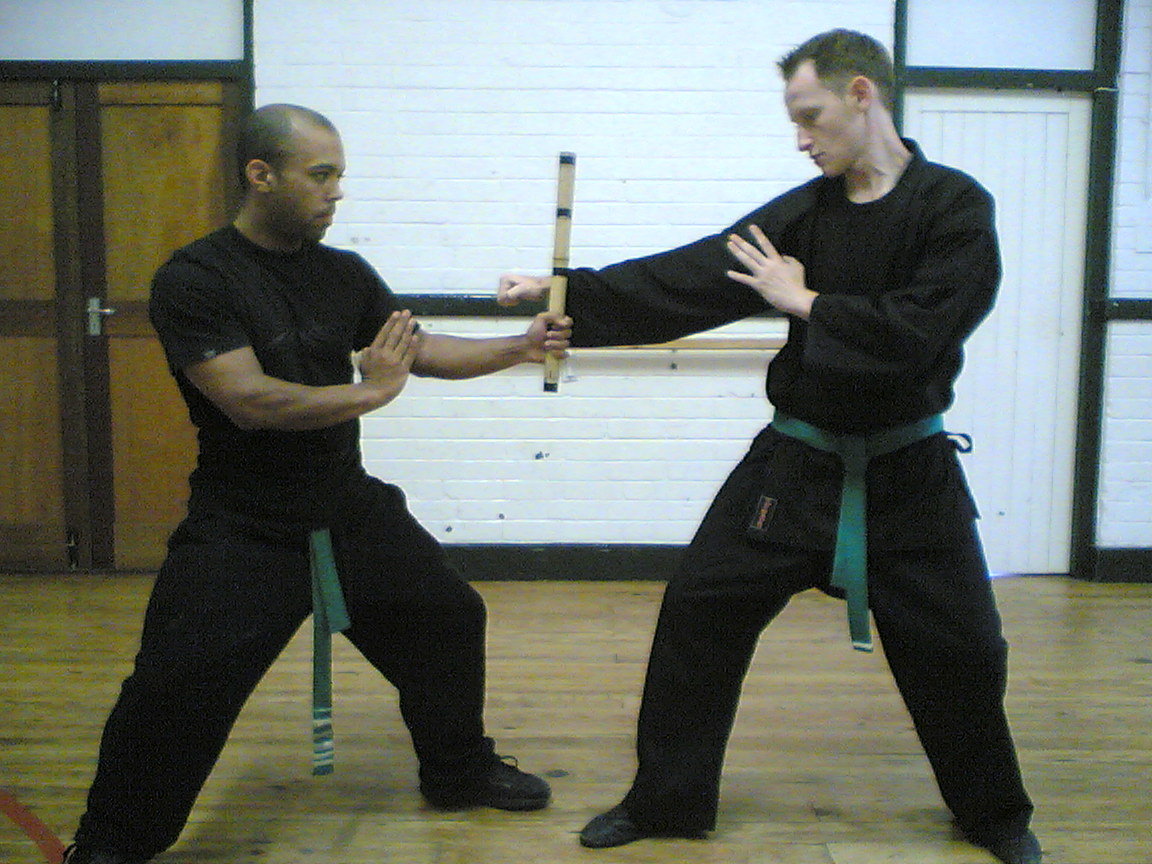 (Fig.198 – innerbody opposite arm deflection or block)
(Fig.198 – innerbody opposite arm deflection or block)
Outer-body space, opposite arm deflection or block
In a very similar attack, you could also fend of the attack by moving your hand in a clock-wise turning motion and block or deflect the blow or attack to the outer part of the opponent’s limb (illustration Fig.199). The point of impact could be attempted to the opponent’s fingers, hand or elbow joint of which is extended towards you.
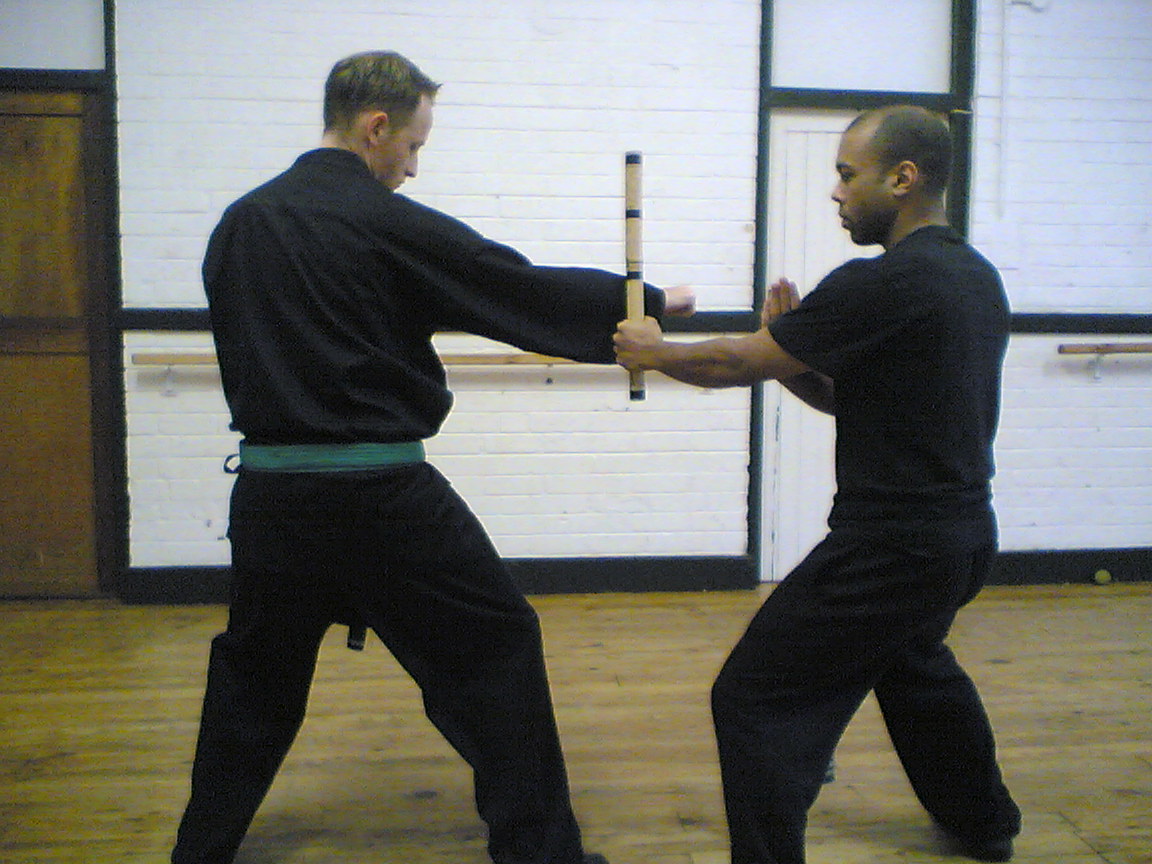 (Fig.199 – outer-body opposite arm deflection or block)
(Fig.199 – outer-body opposite arm deflection or block)
Inner-body space, across arm deflection or block
In a similar attack, you could also fend of the attacking limb by using your right hand (now holding the short stick) to deflect or block by moving your hand in a anti-clockwise movement, executing the deflection or block to the inner-body space of the opponent (illustration Fig.200), impact point could be attempted to the inner wrist or fingers or lower forearm.
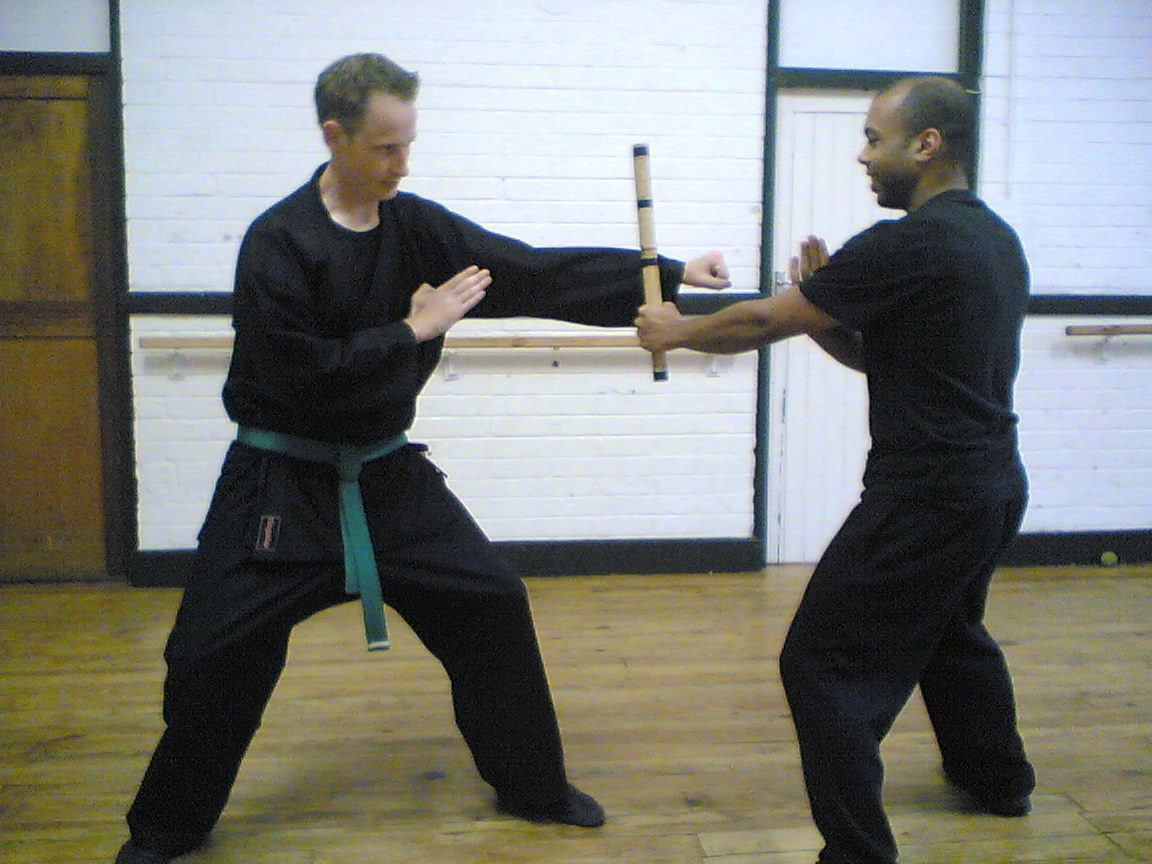
(Fig.200 – cross-over inner-body space deflection or block, executed with the left hand)
Outer-body space, across arm deflection or block
In a right handed linear attack towards you, you could also fend off the attack by deflecting or blocking using a clock-wise movement with your right hand (now holding the short stick), executing the defense to the outer part of the opponent’s arm (illustration Fig.201), impact point to be attempted to the opponent’s outer hand, wrist or fore-arm.
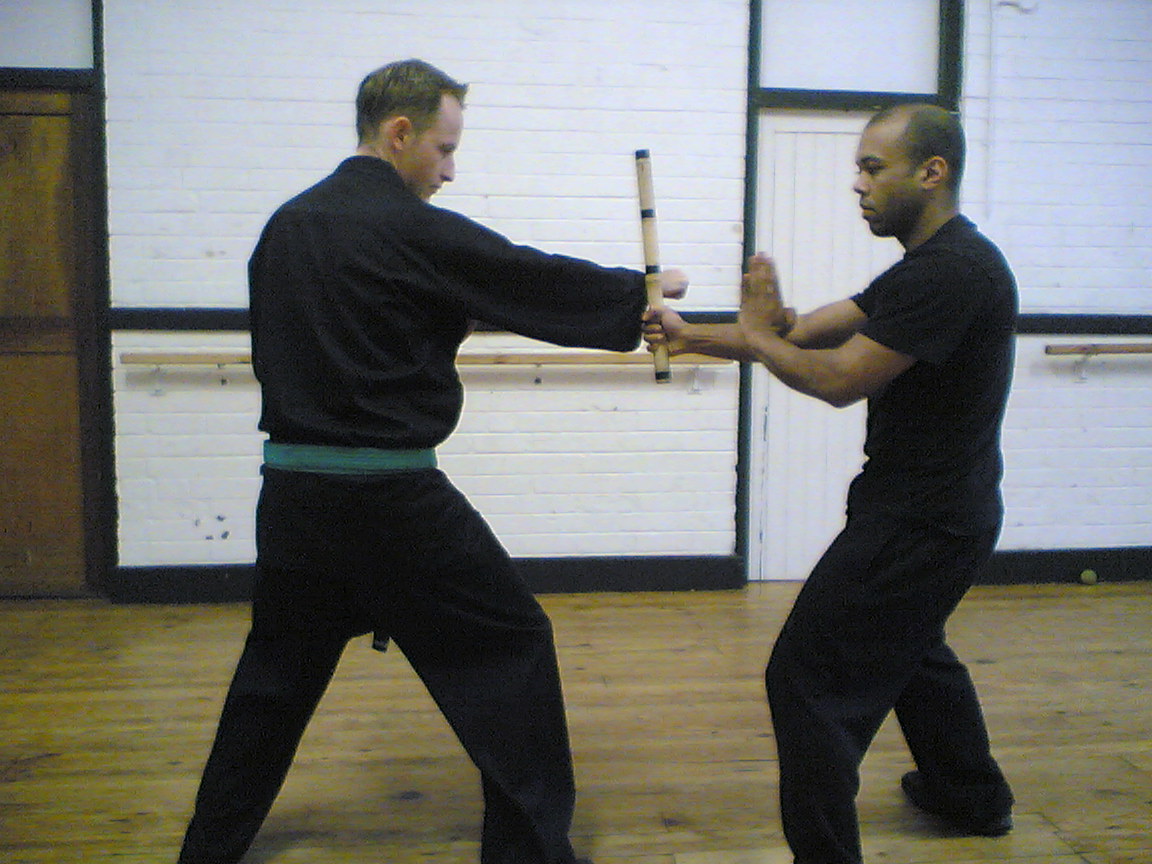
(Fig.201 – cross outer-body space deflection or block, executed with right hand)
Double-handed blocking
If being attacked in almost similar situations as above illustrated, then a method of double hand blocking could also be applied, either to the inner-body or to the outer-body space off the attacking limb.
The advantages are, that your whole body’s momentum and weight could be generated towards the opponent, and the block could be done so hard and fast it could act as both a block and strike at the same time.
The point of contact when using outer-body space movement could be applied to the elbow joint and to the triceps, and for contact on the inner-body space movement, to the forearm. (See illustration Fig.202).
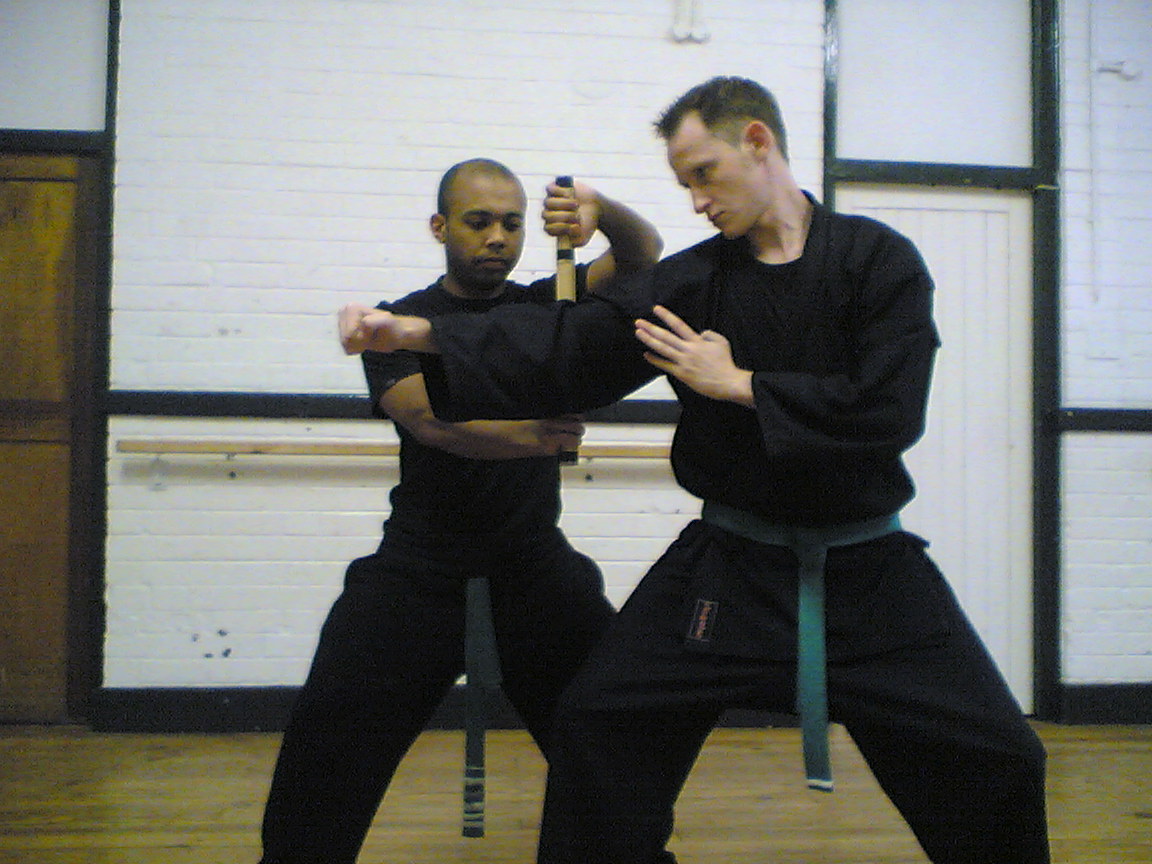
(Fig.202 – double-handed block to the opponent’s outer-body space,)
N.B! When stepping in to counter a high attack, the leading arm is high, when stepping in to counter a low attack the leading arm would be down. This also applies for stepping in to an inner-body space defense.
Also to be noted, is that when stepping to the outer-body space to the opponent’s right side that you step in with your left leg and when stepping in to the inner-body space that you step in with you right leg.
When applying this movement structure to the opponent’s left side it would be precisely the opposite of what was just explained.
HOOKING TECHNIQUES
Hooking techniques are basically developed to entrap or capture the opponent’s attack in order to apply grappling locks and holds or even also to follow up with a strike.
It should be understand that the first stages of applying the hook is not to be seen as a solid lock or hold, therefore immediate follow up movement must




 (
(










































